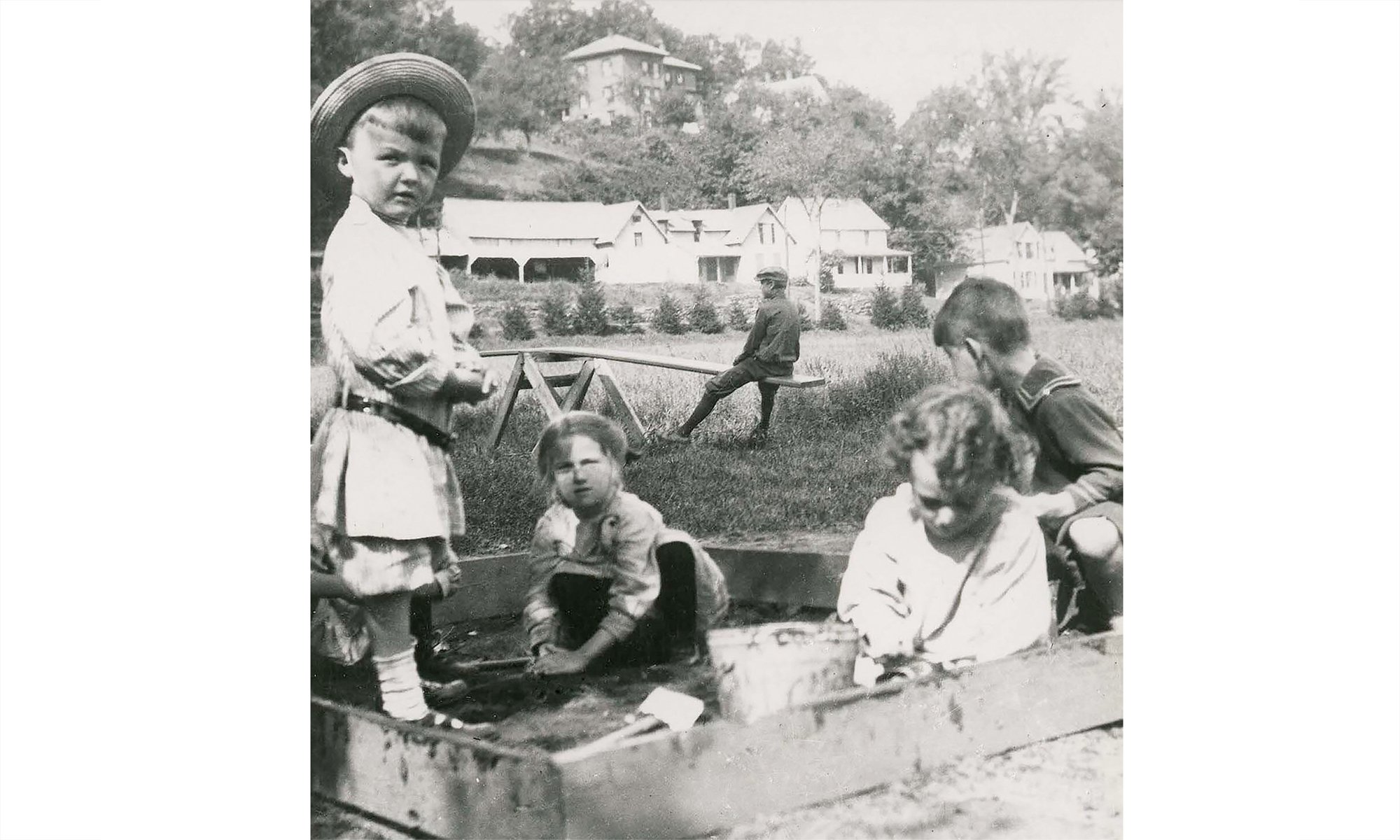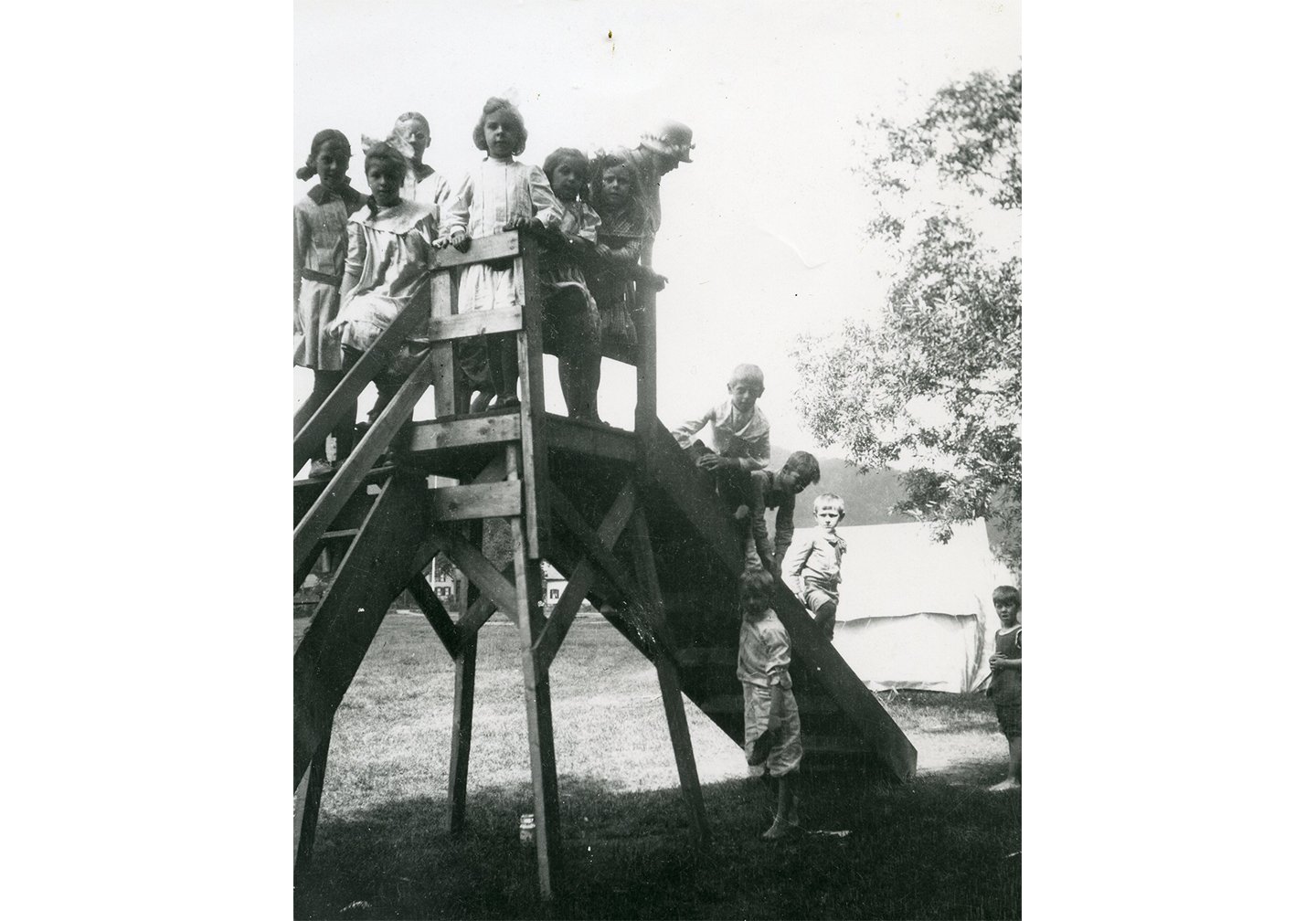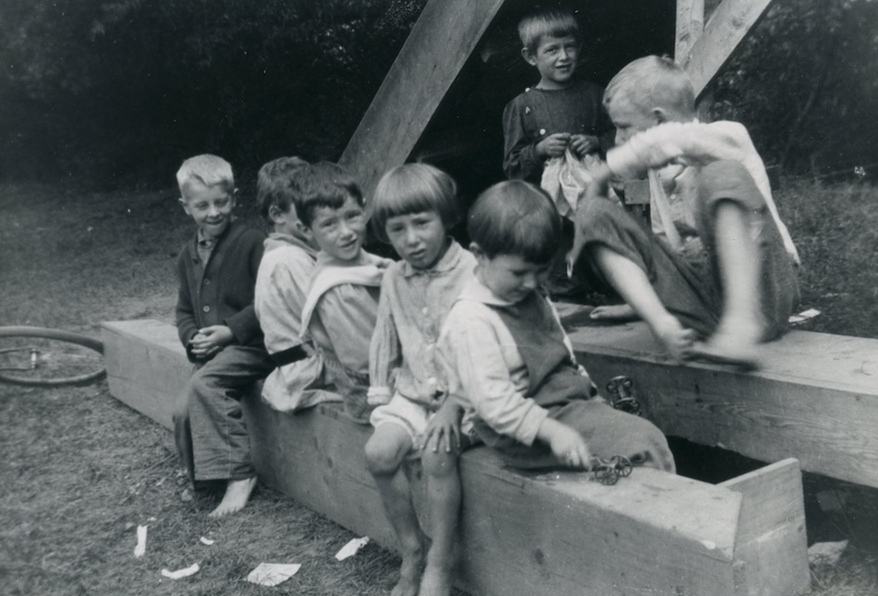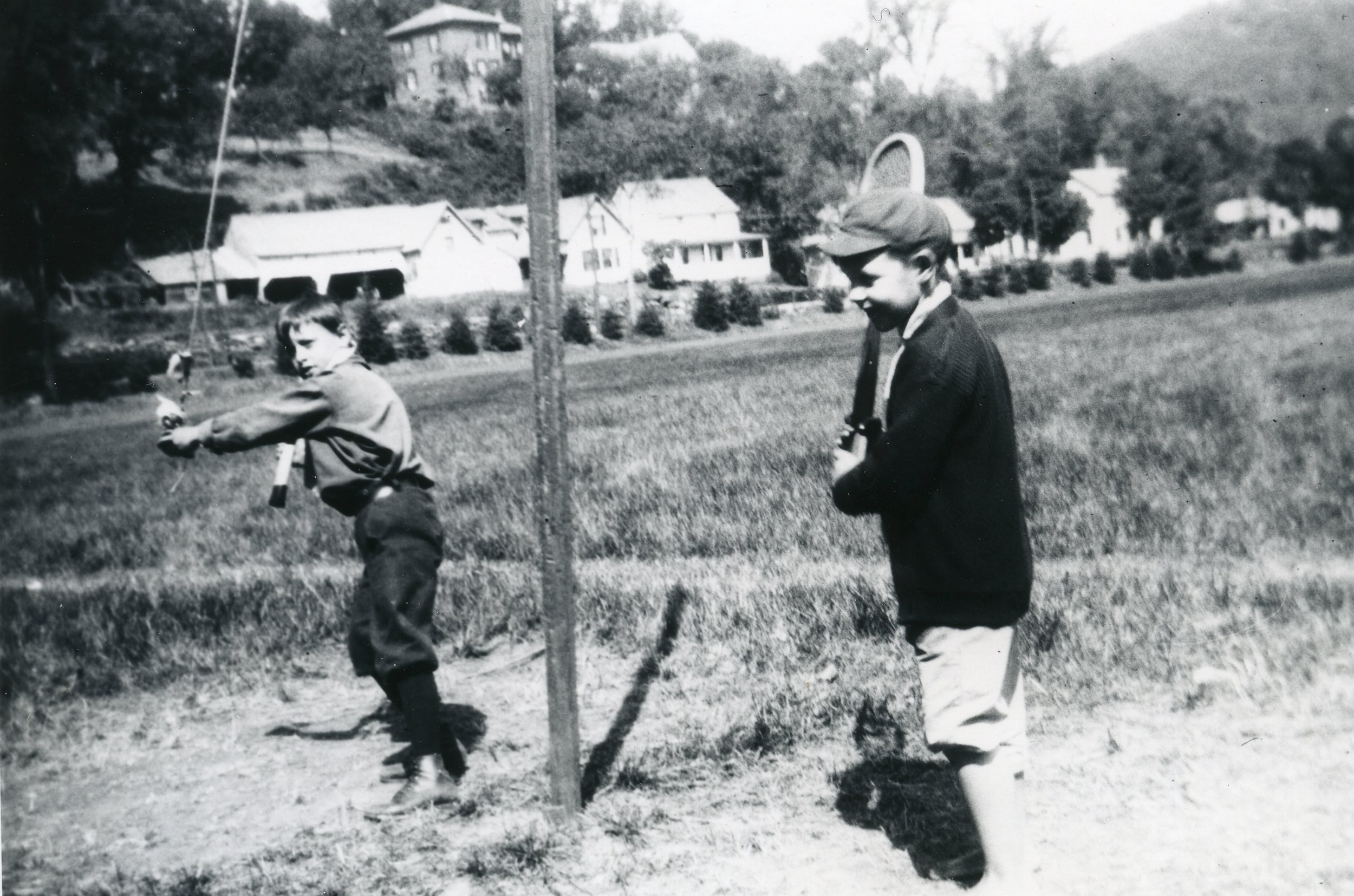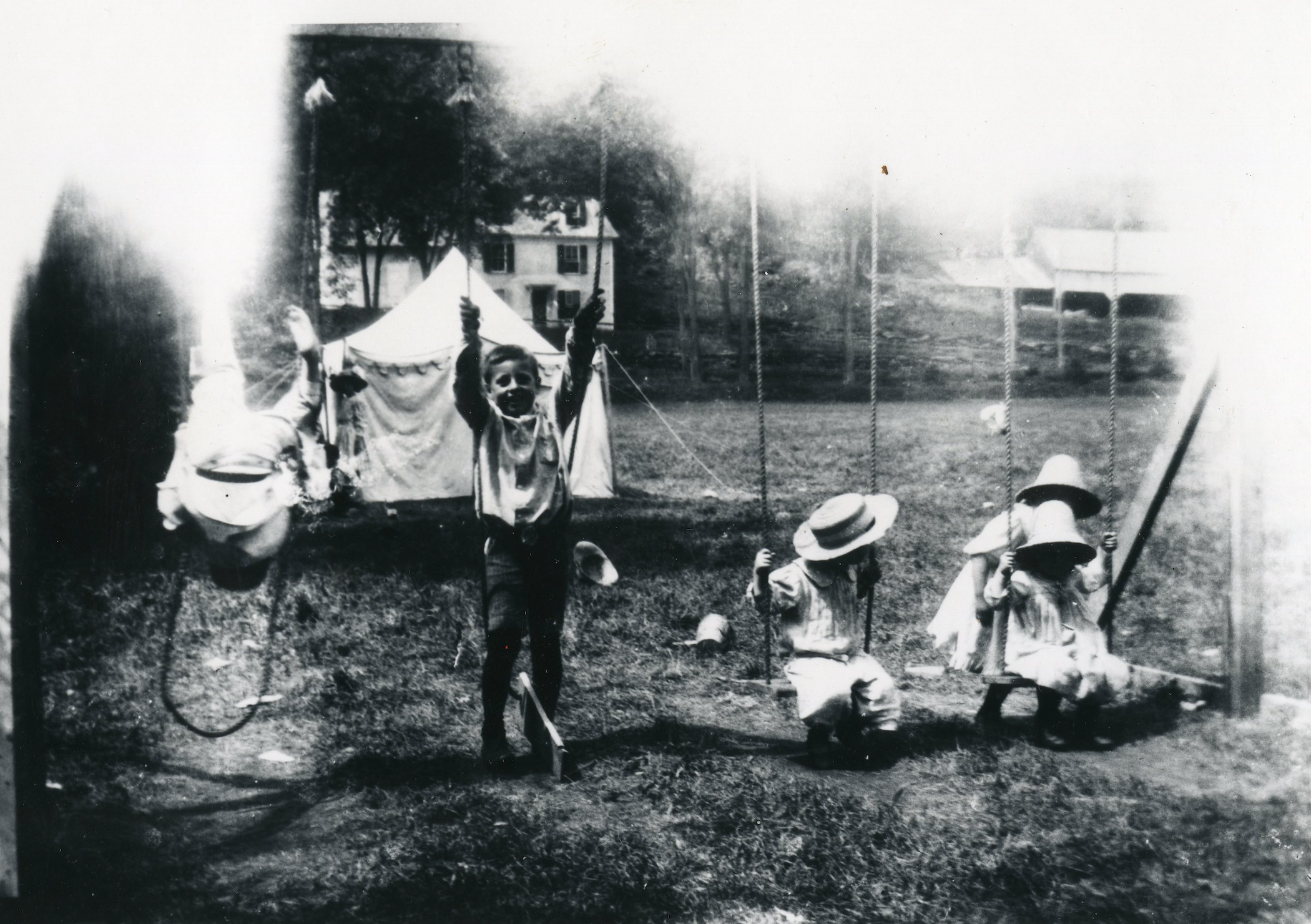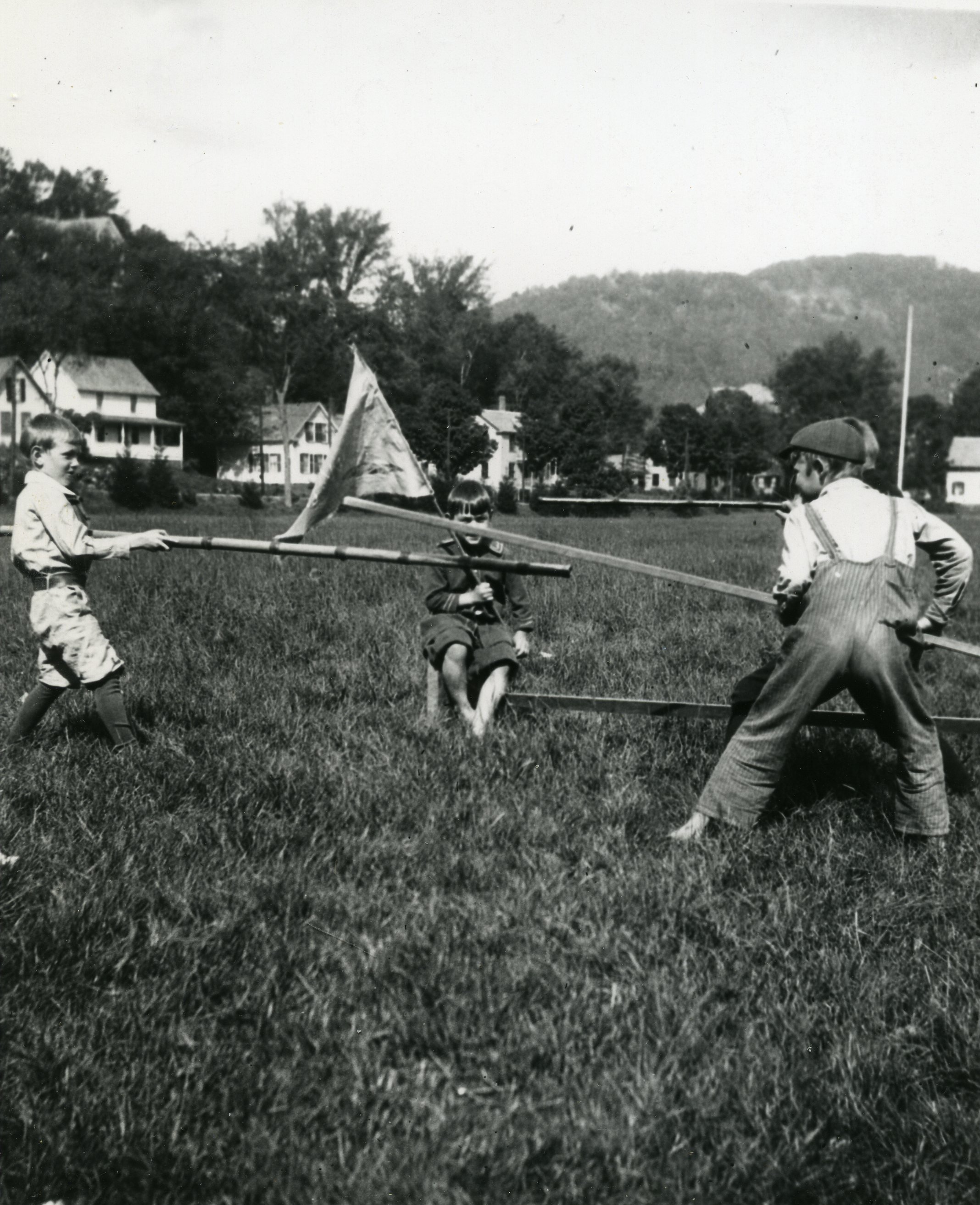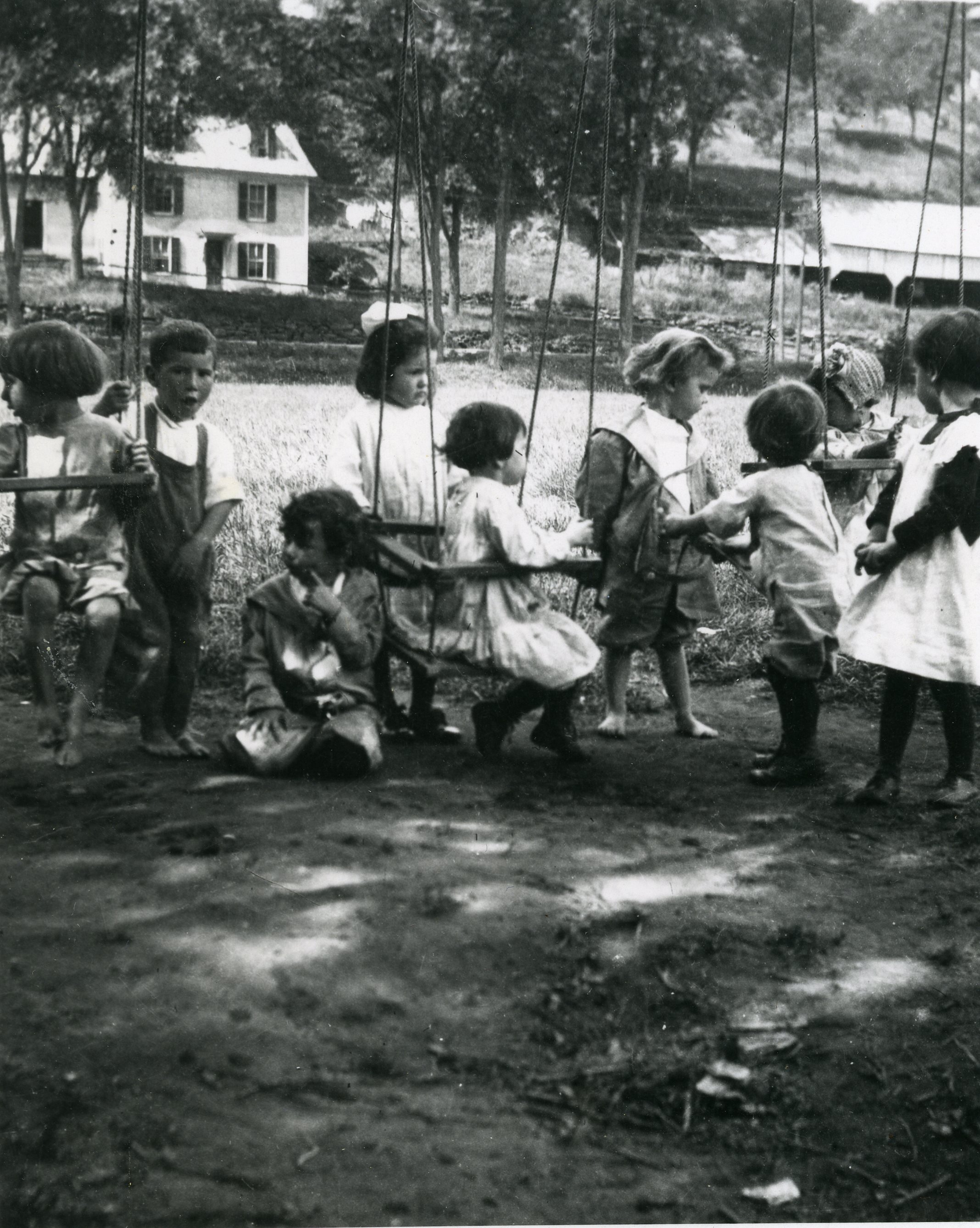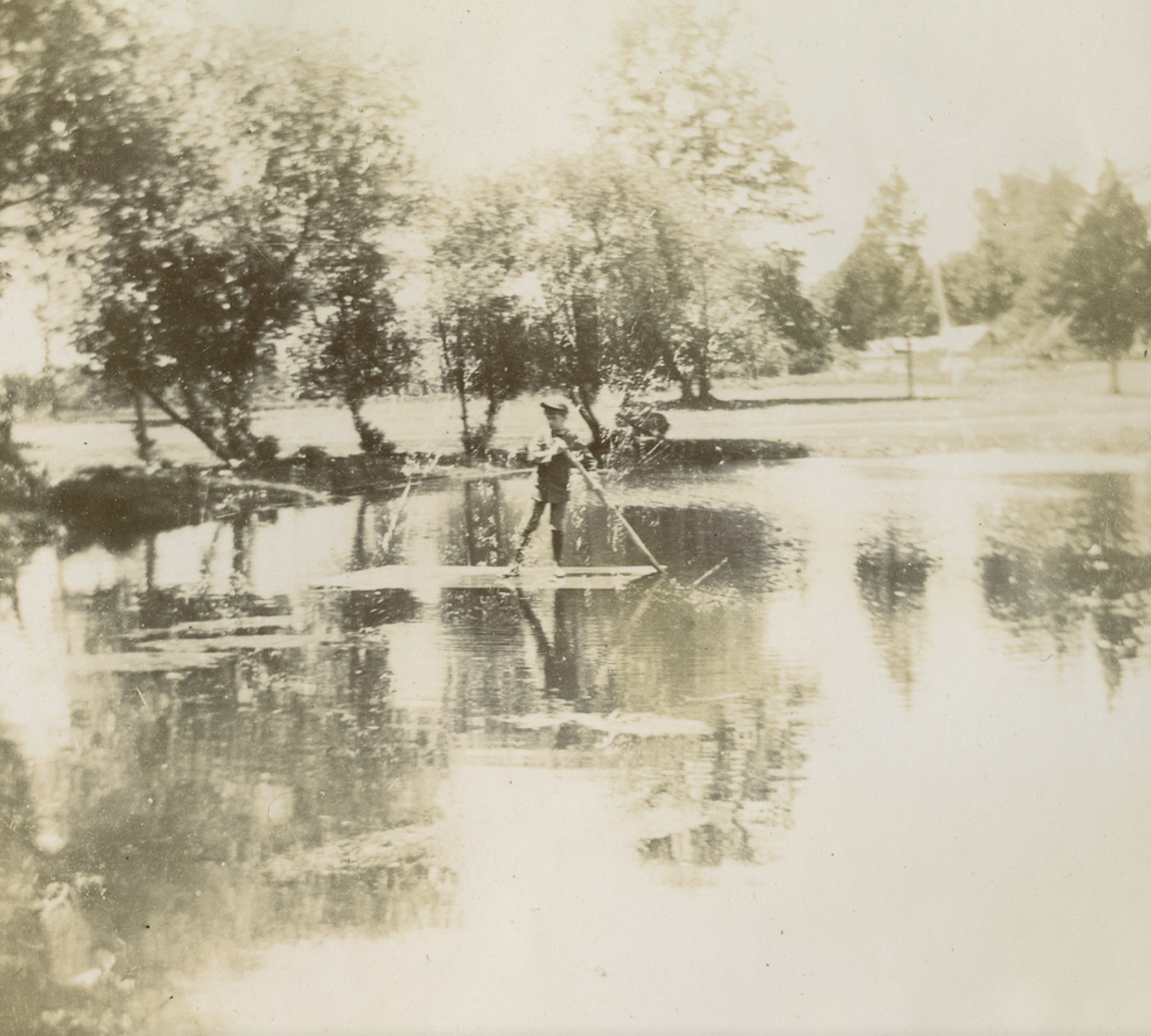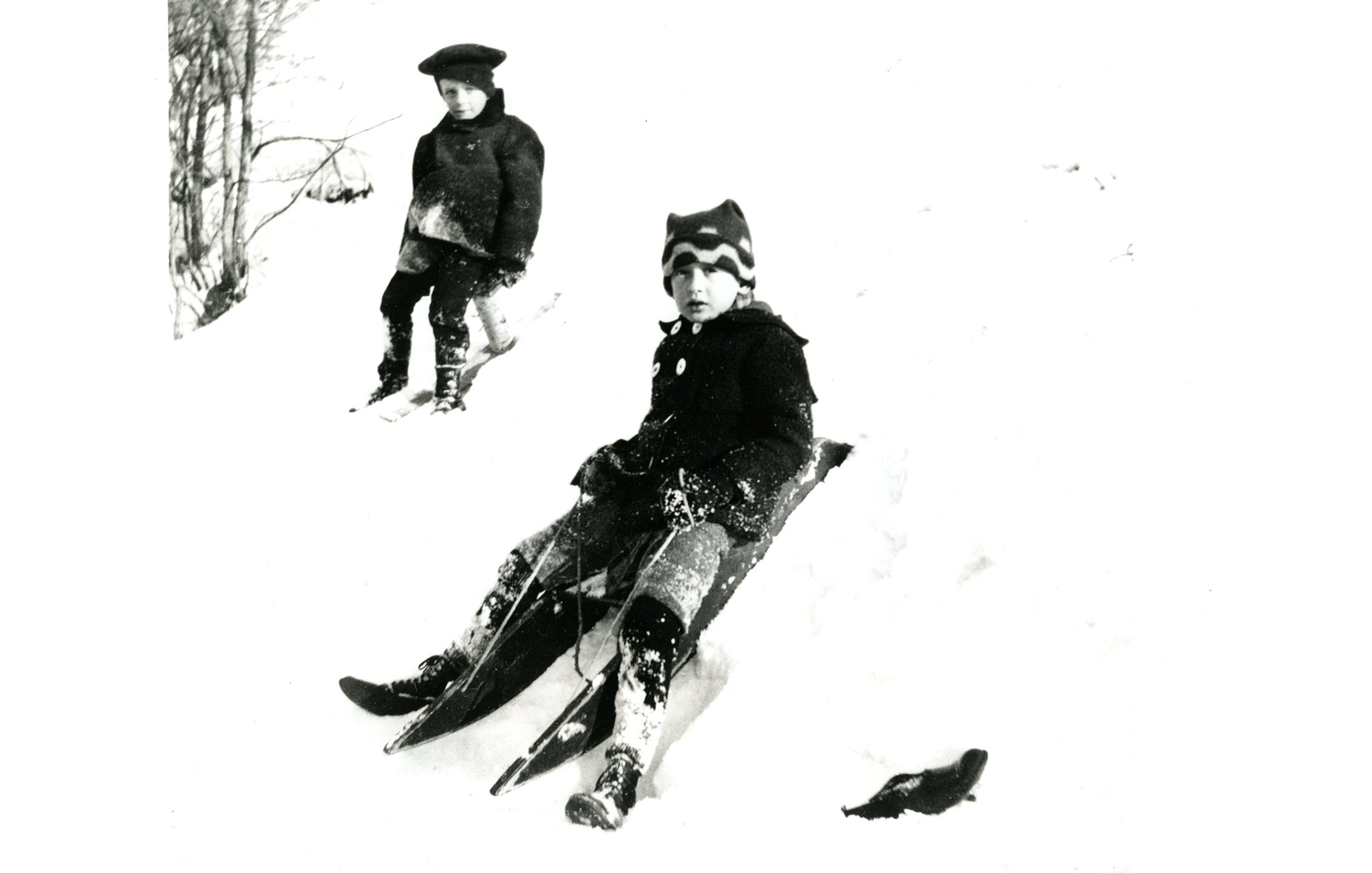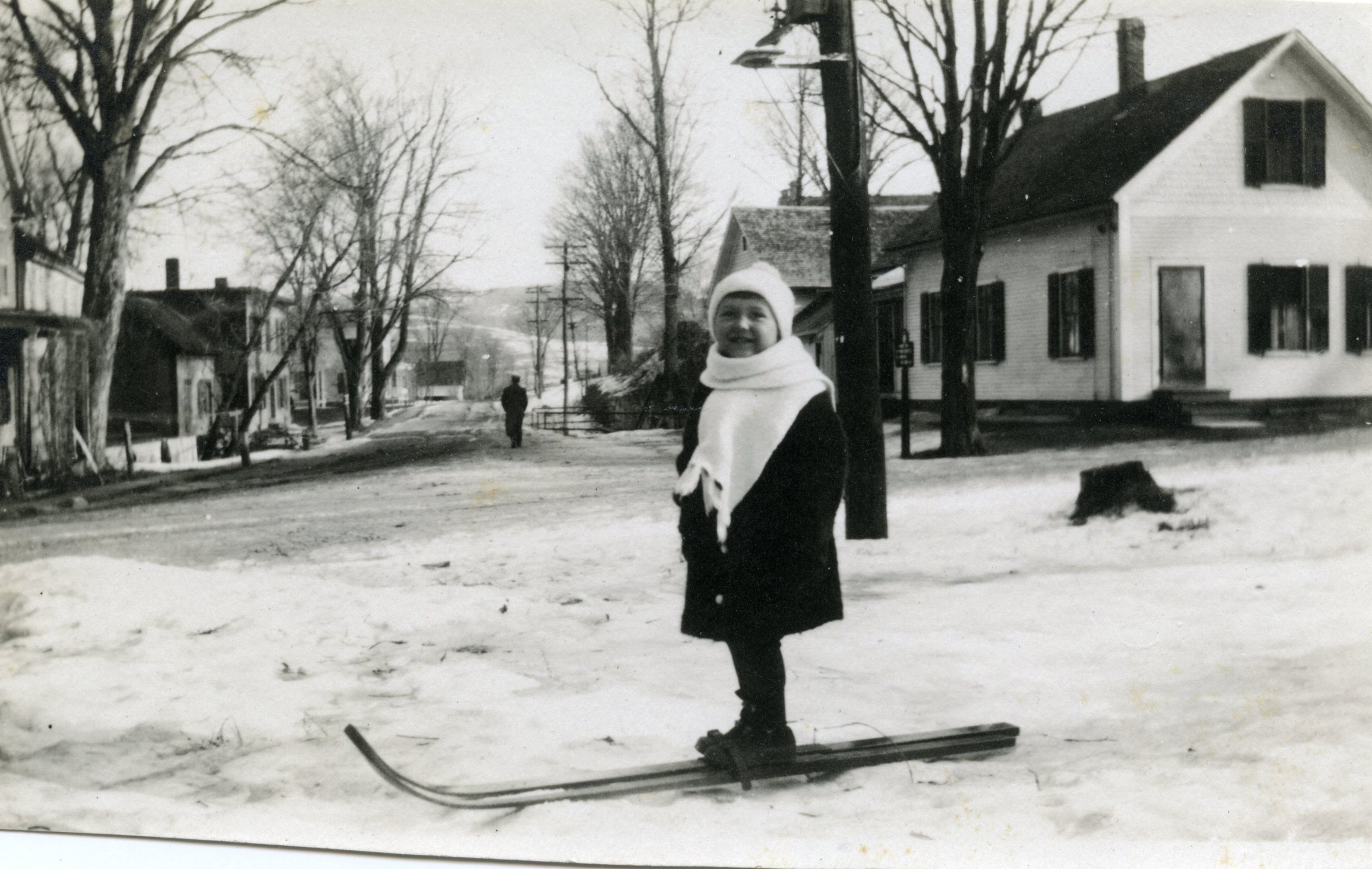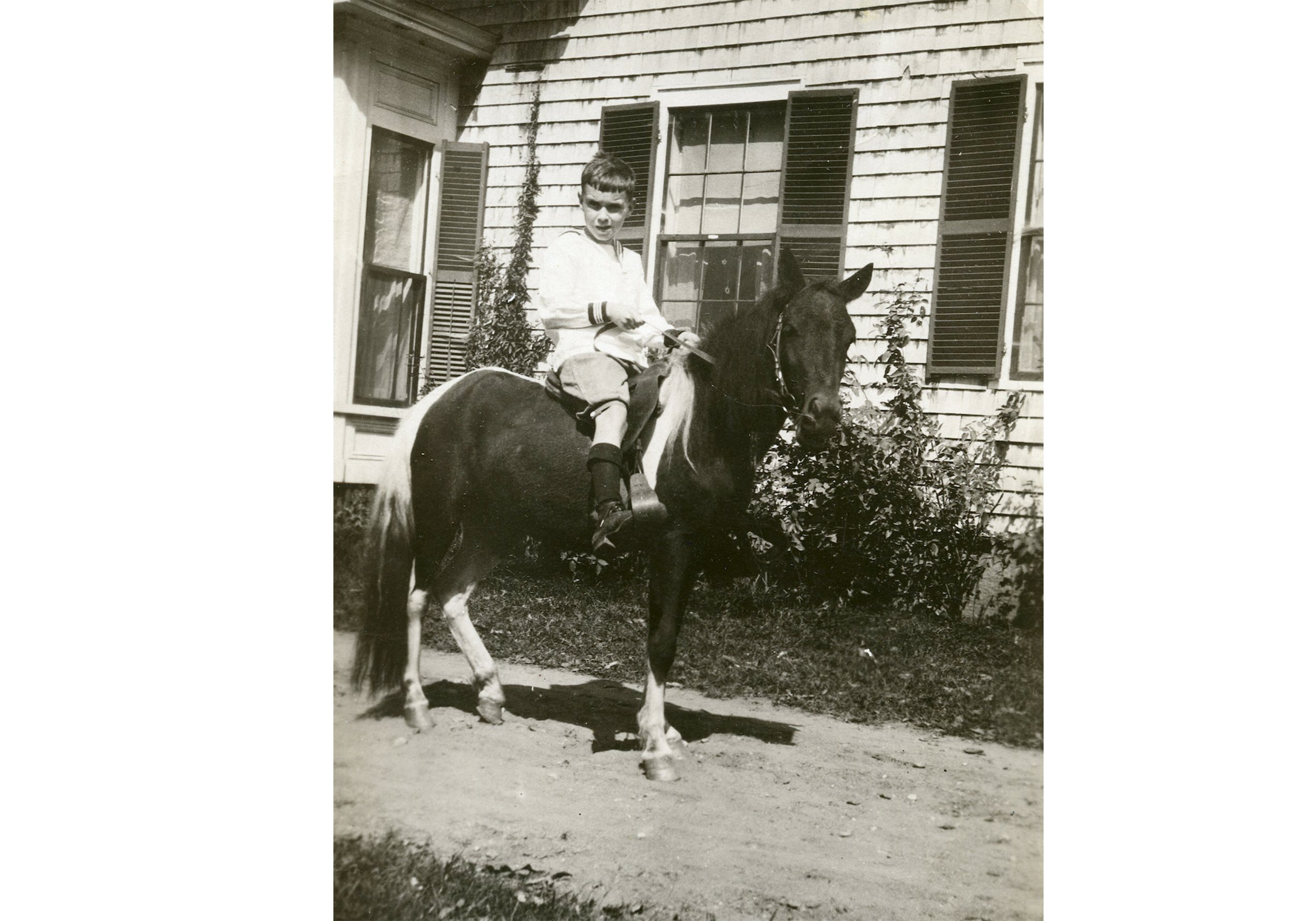Over the last 150 years, there has been increased recognition of the importance of play during childhood and the role that toys and games can play in helping children to think, strategize, and acquire important skills. Historically, children have been taught through toys, games, and pastime activities many of the things they need to know to be an adult. Consequently, these amusements that make up “play” provide valuable insights into the historical periods in which they were created.
Dolls
Children have played with dolls for thousands of years. In addition to being a toy, dolls were teaching devices that allowed children to master how to carry, dress, and care for an infant.
Early dolls were often made of clay, wood, cloth, leather, or even corn husks. Many were very simply made, such as the wooden peg-style dolls that had a rounded shape for a head and a straight body. However, during the 19th century, dolls became much more refined and elaborate with dolls being produced from wax, china (glazed porcelain), bisque (unglazed porcelain), paper-mache, and a variety of other materials.
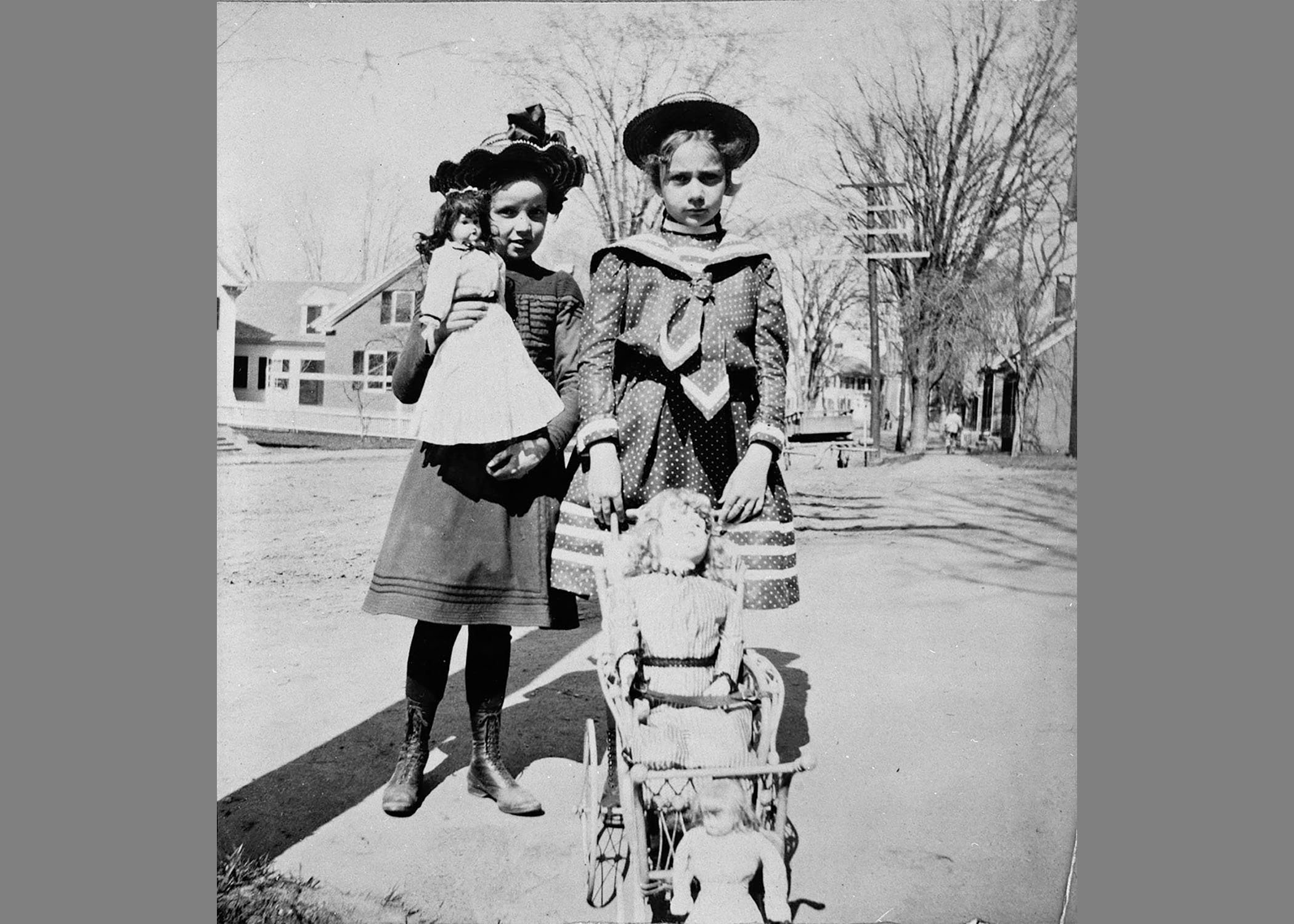
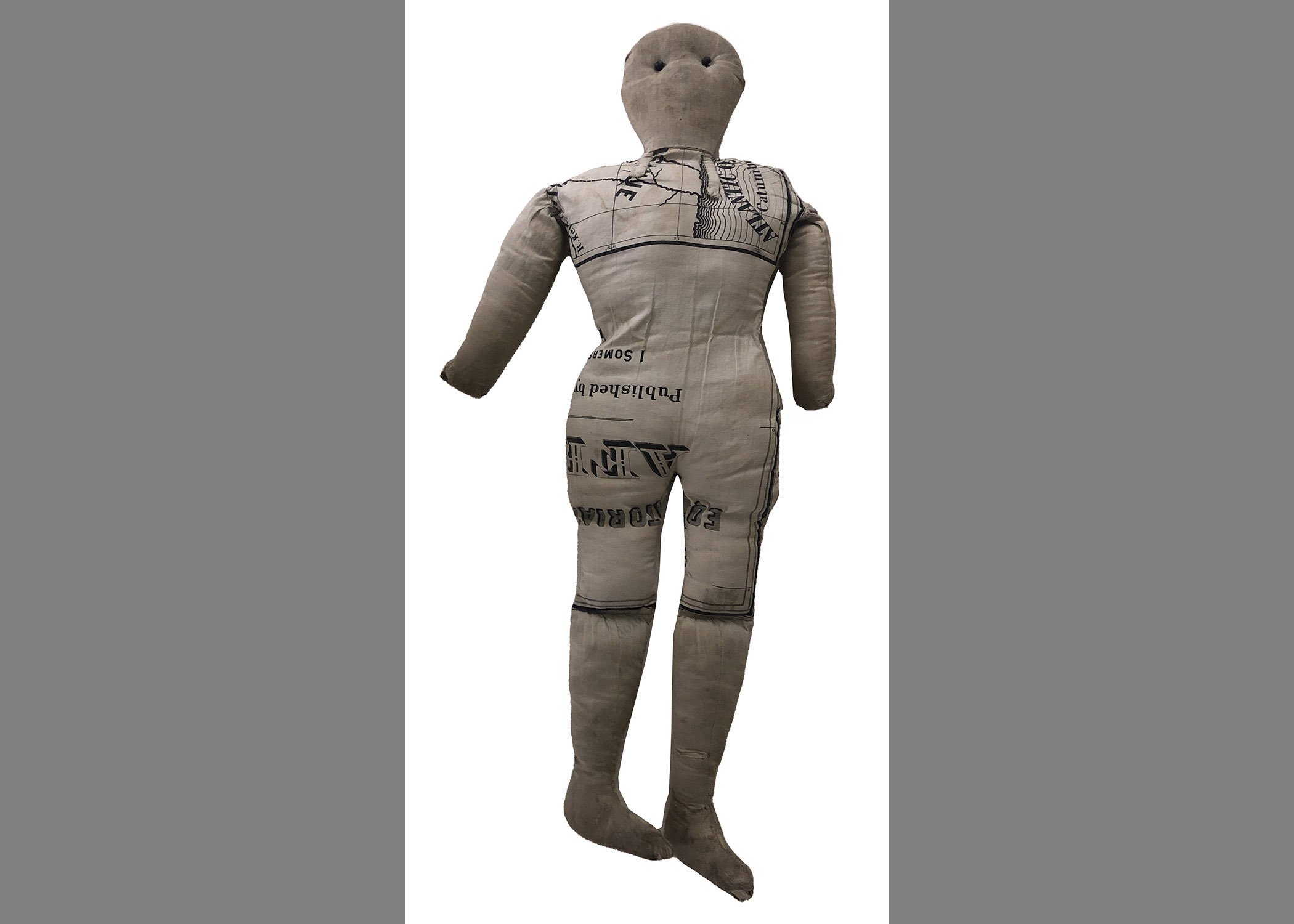
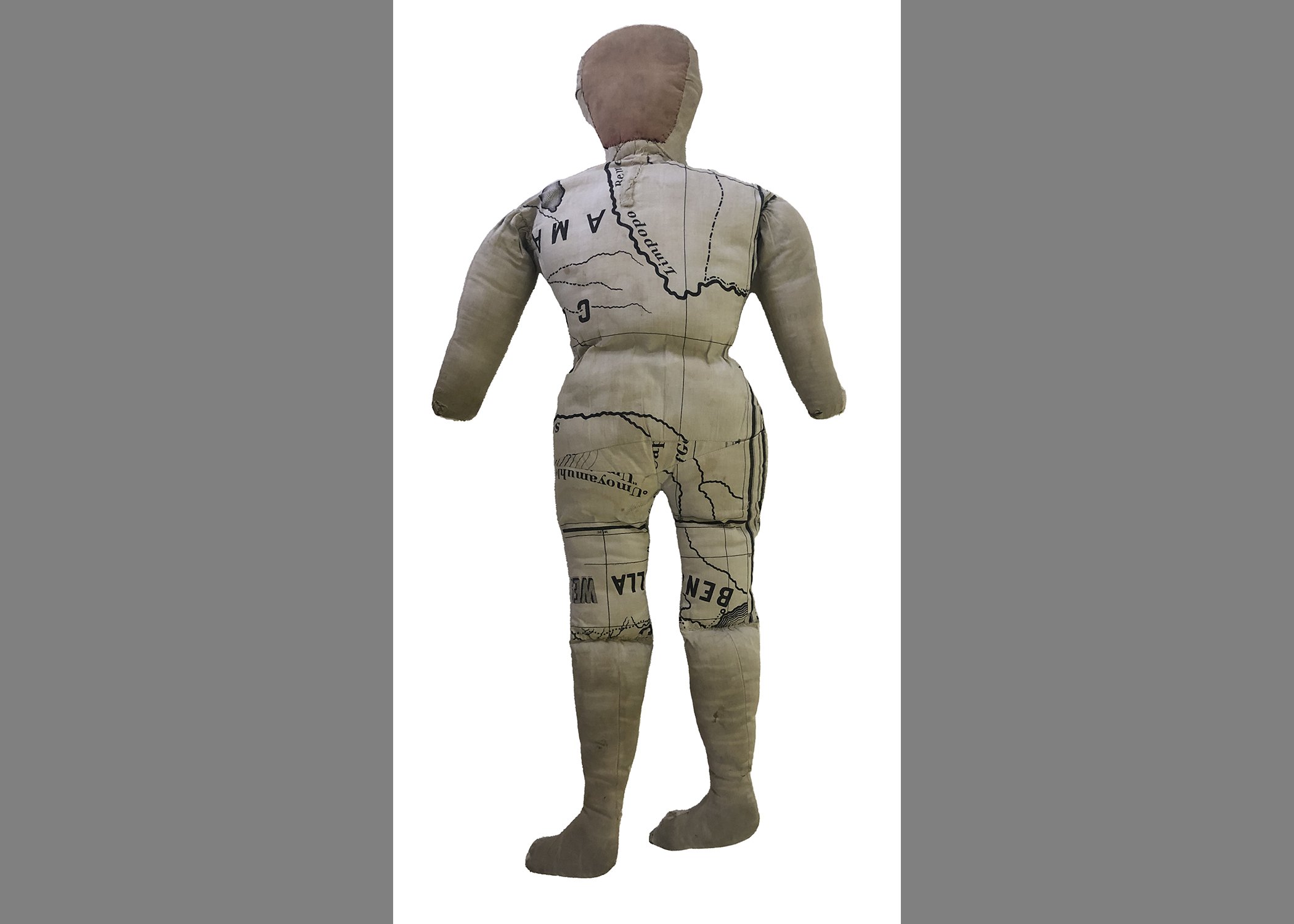
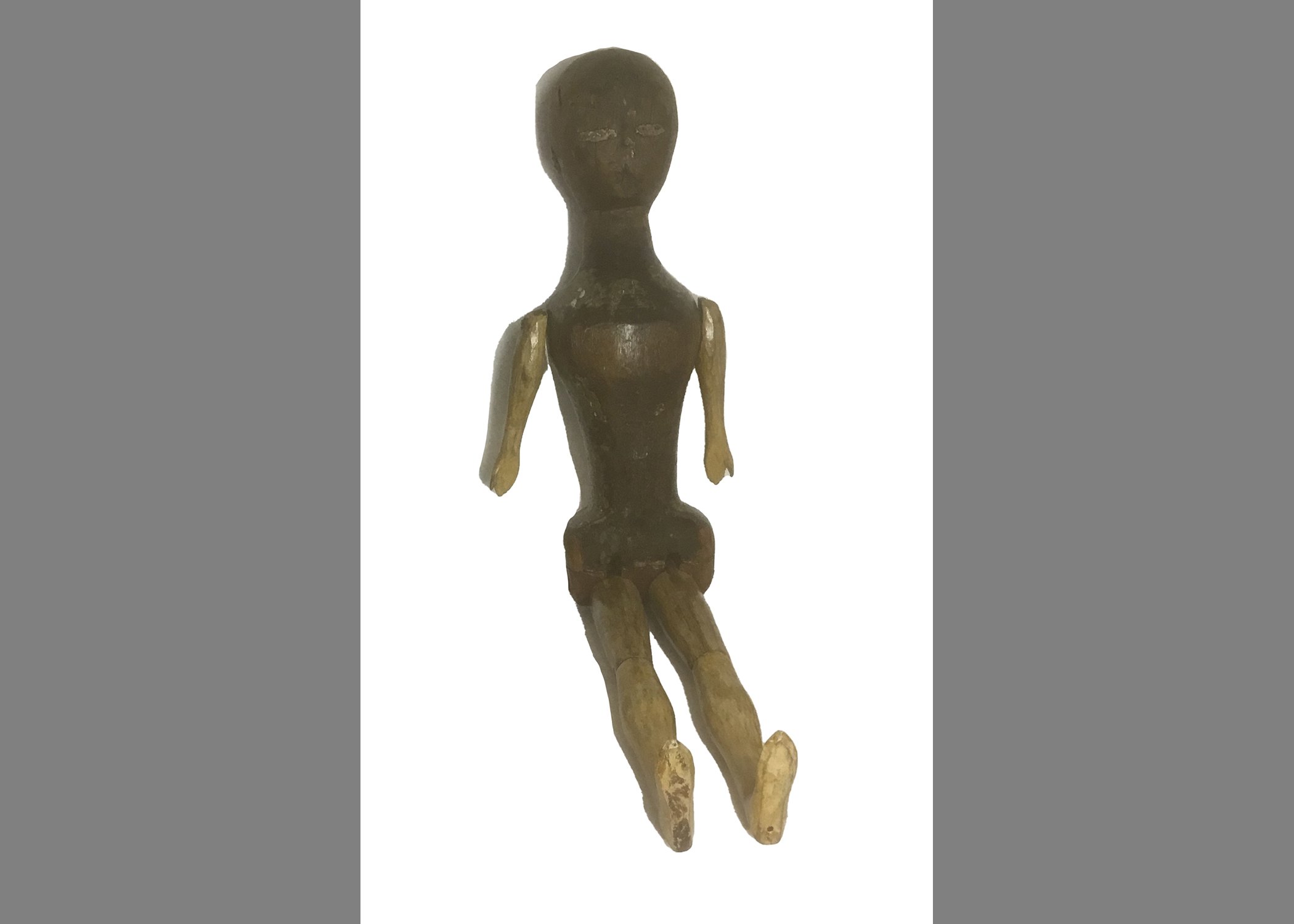
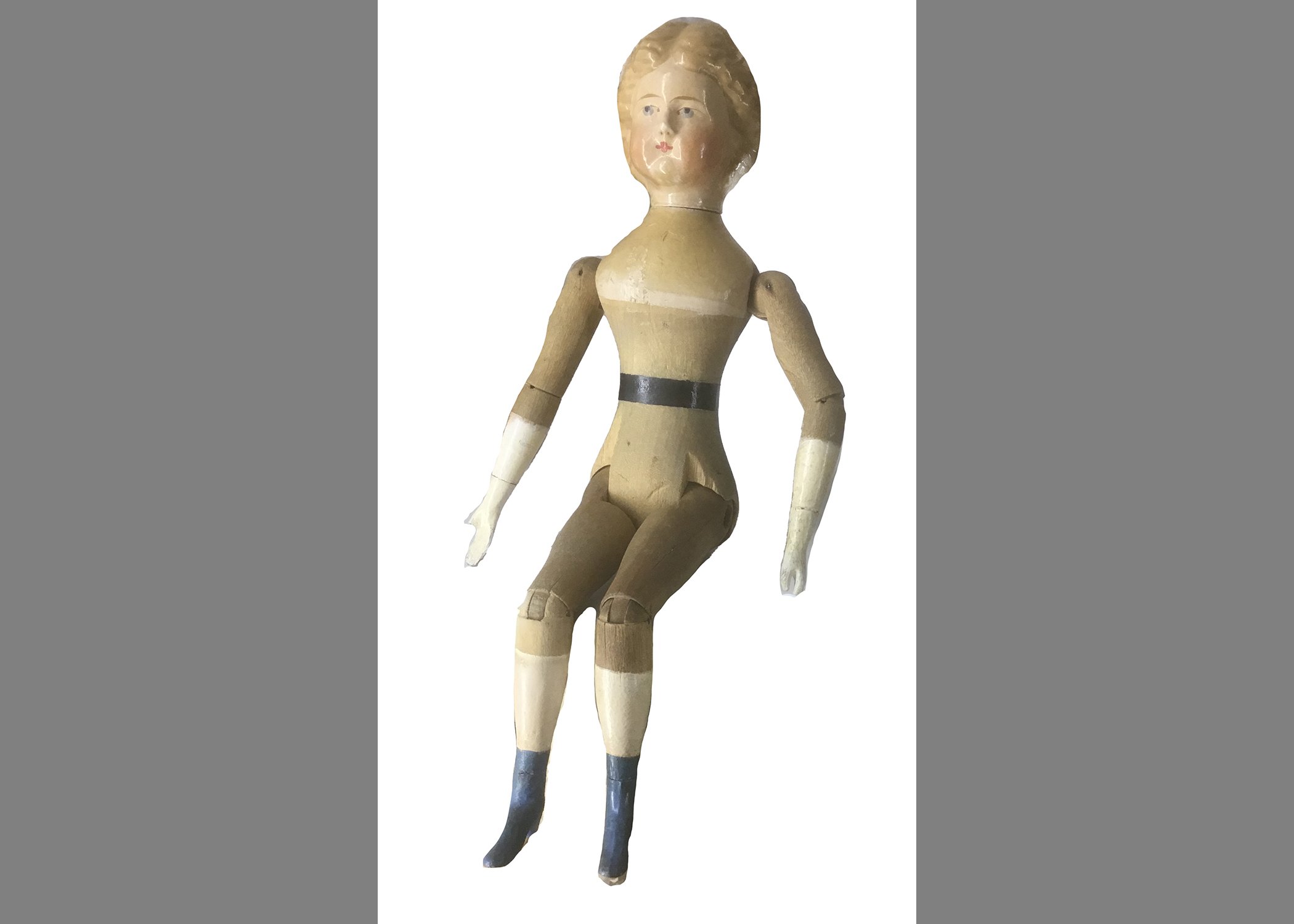
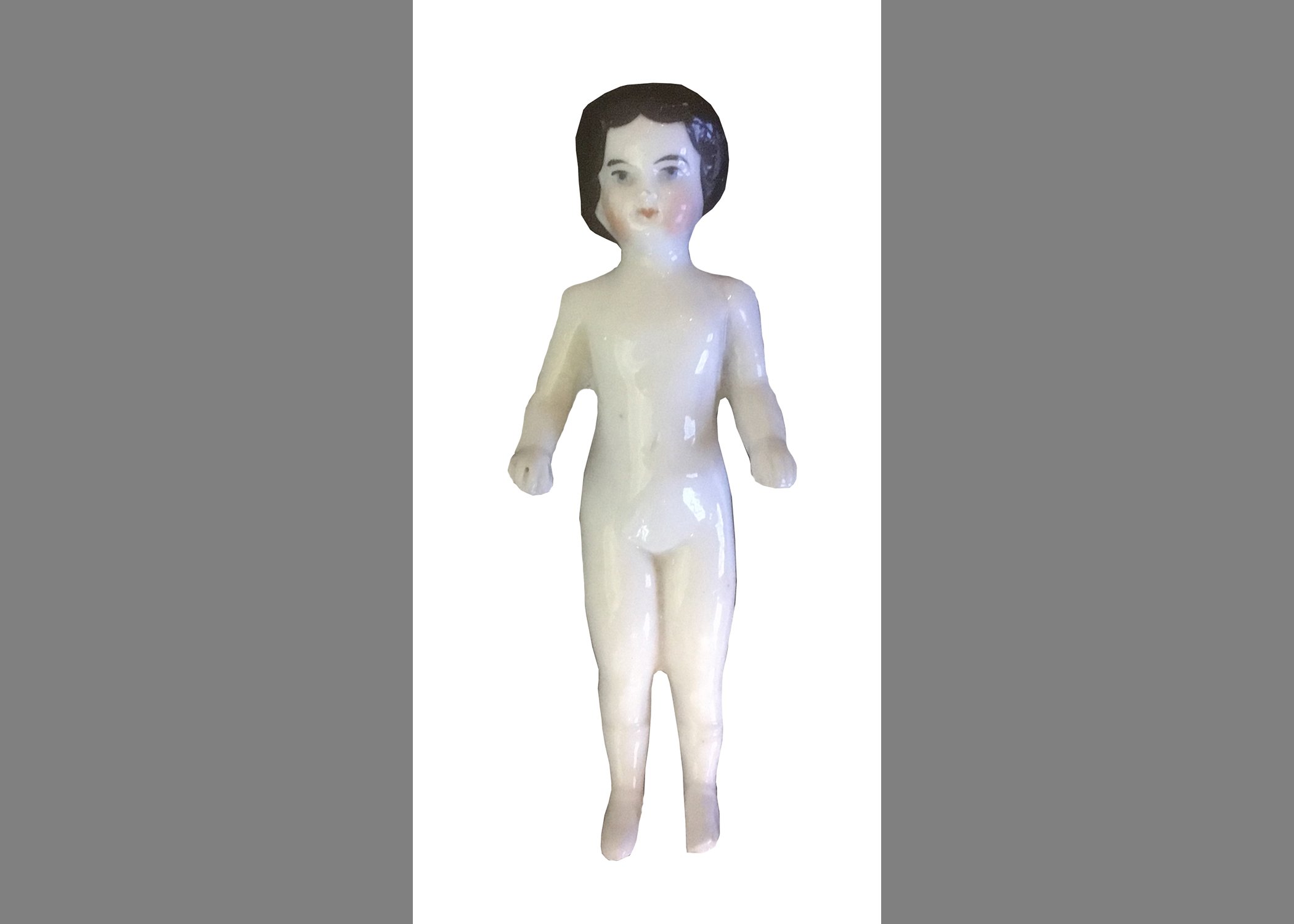
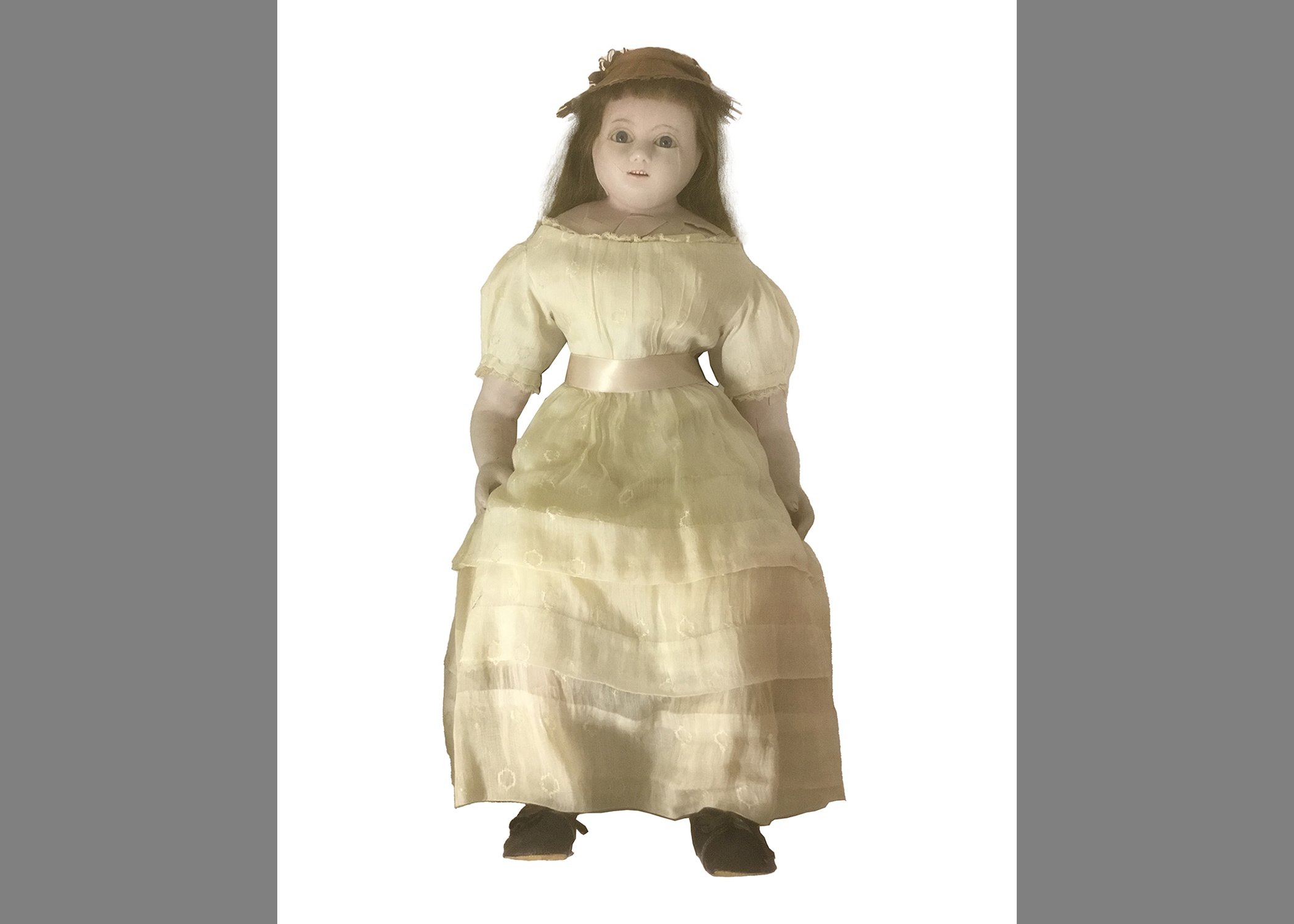
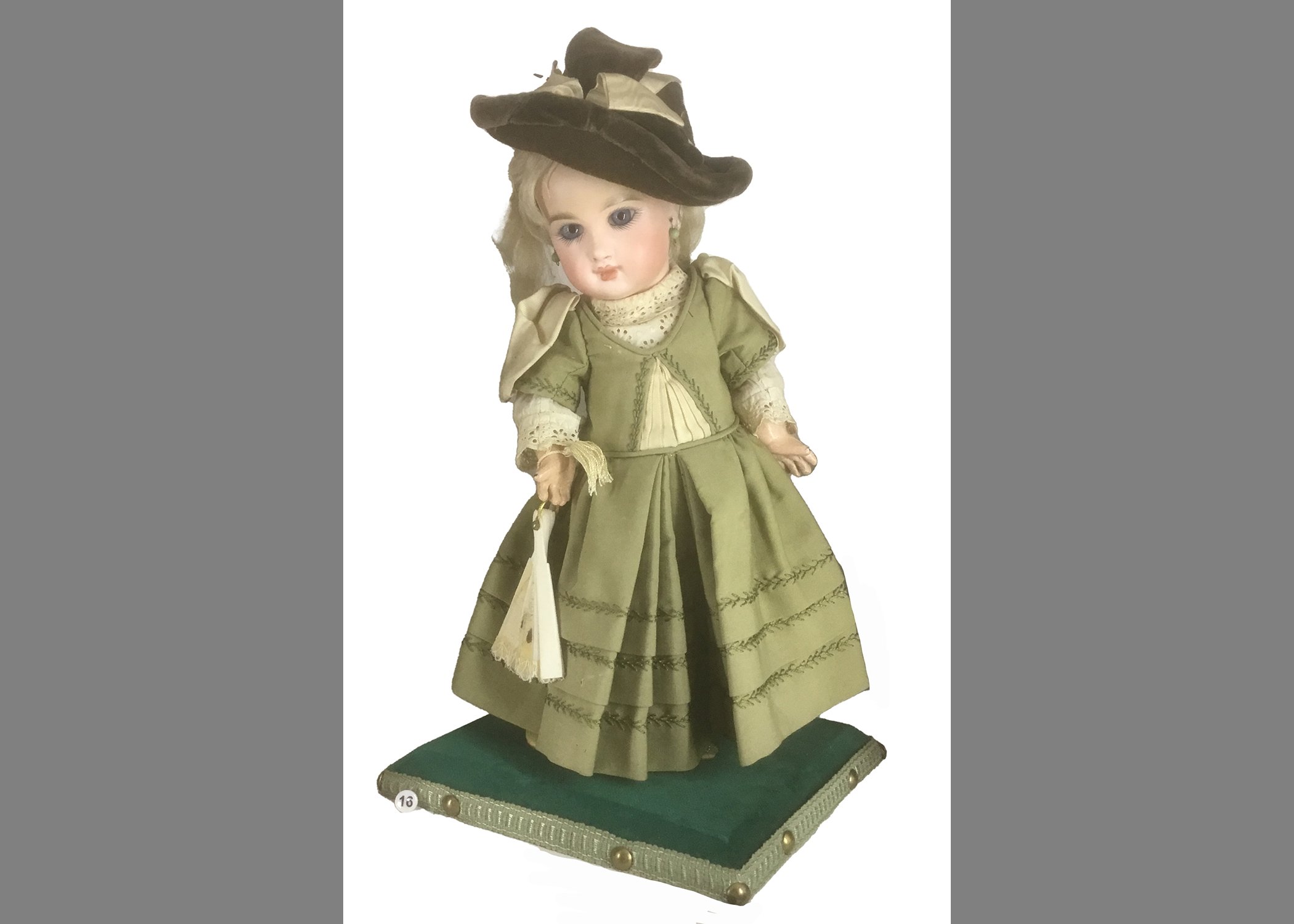
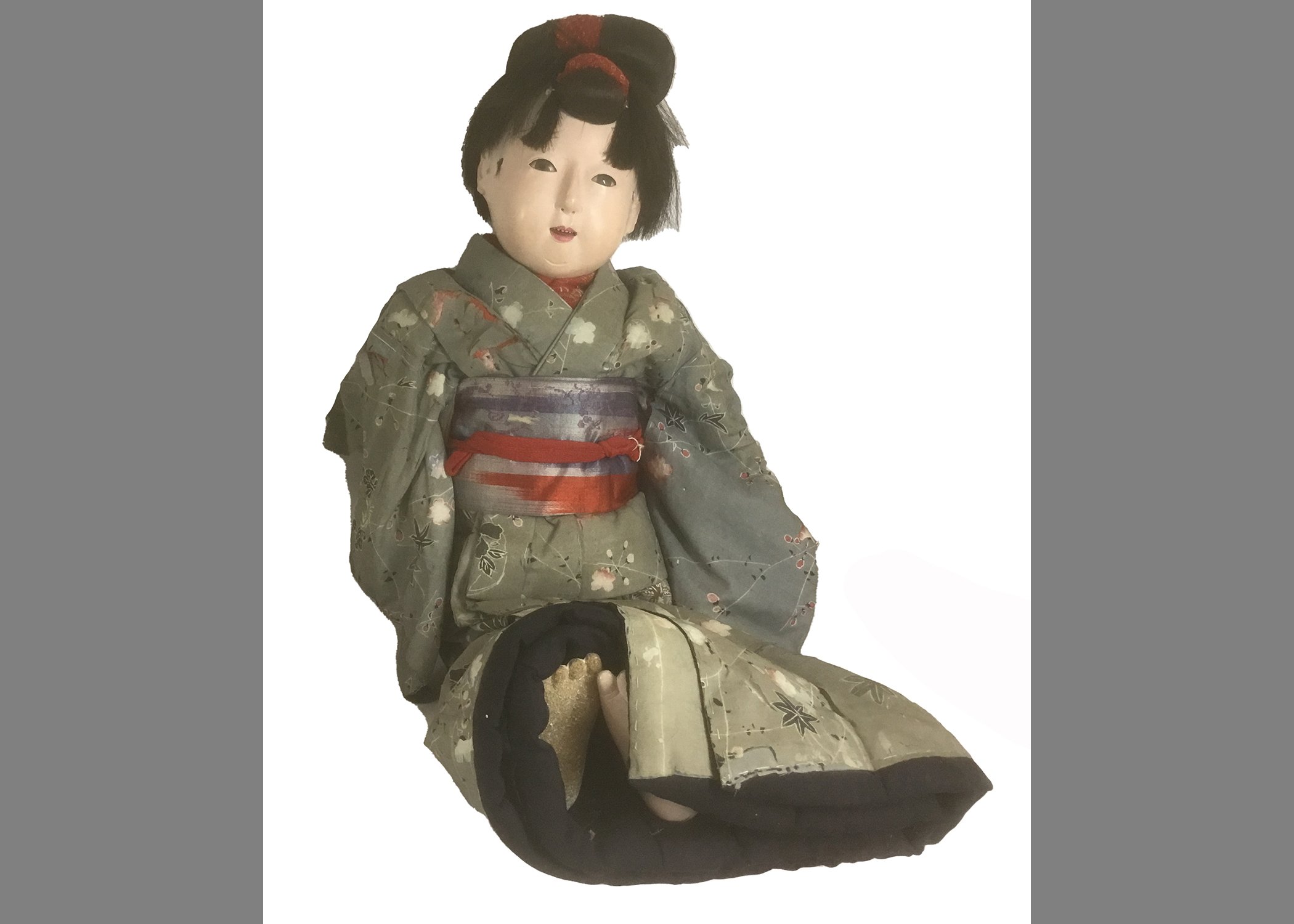
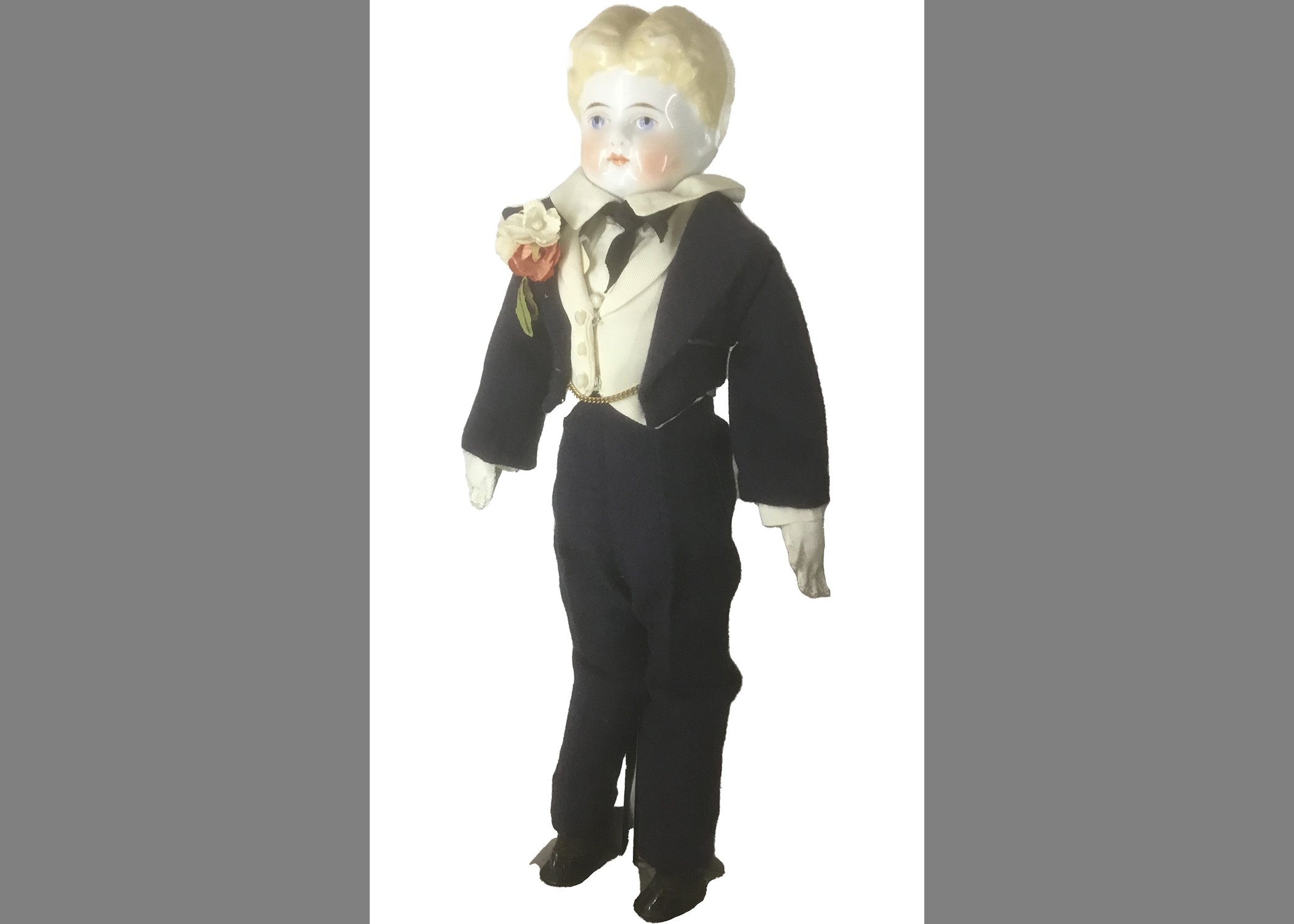
Other Toys
Many toys during the 19th and early 20th centuries encouraged imagination, memorization, reasoning, and content knowledge such as geography or learning the alphabet.

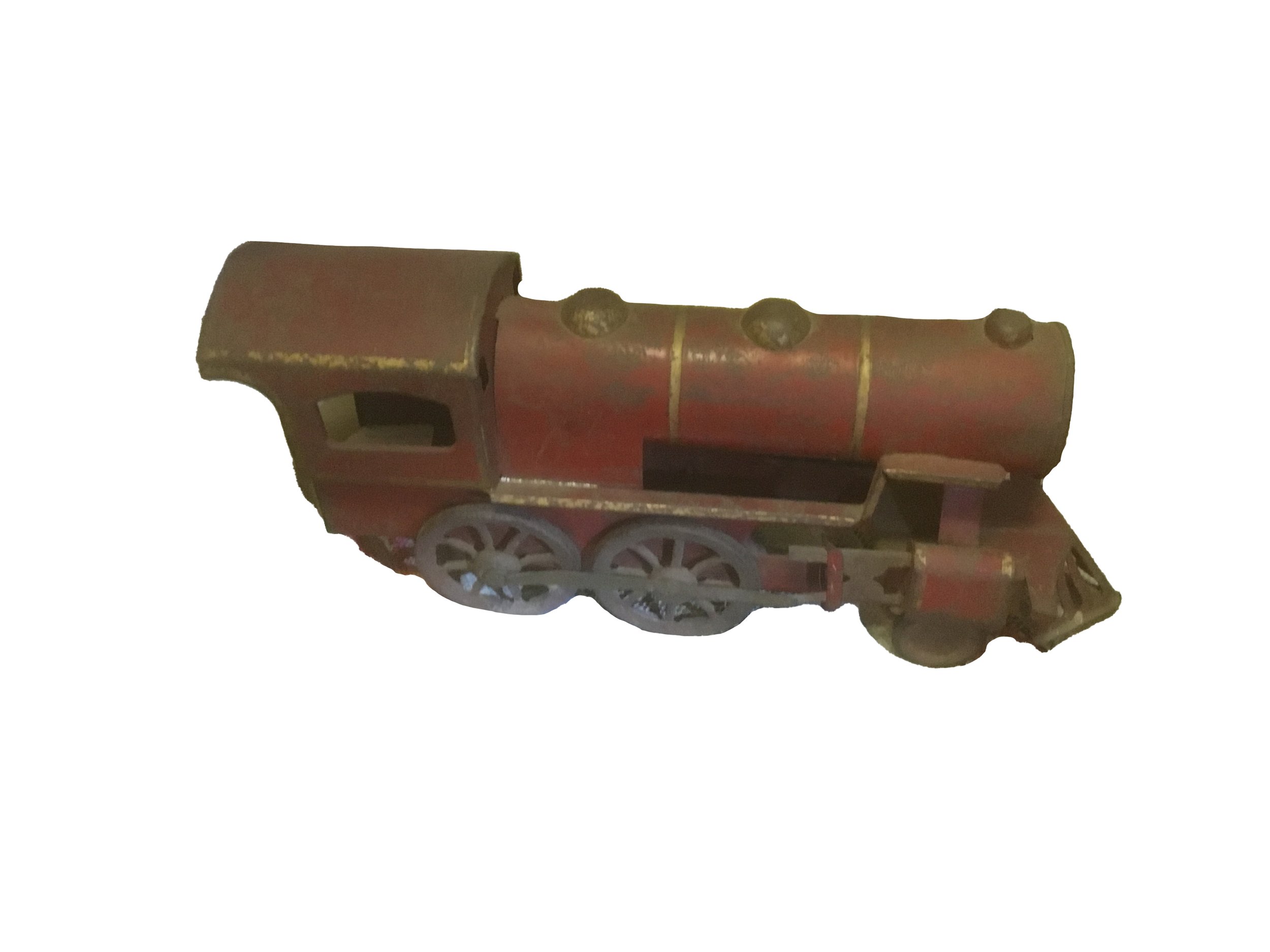
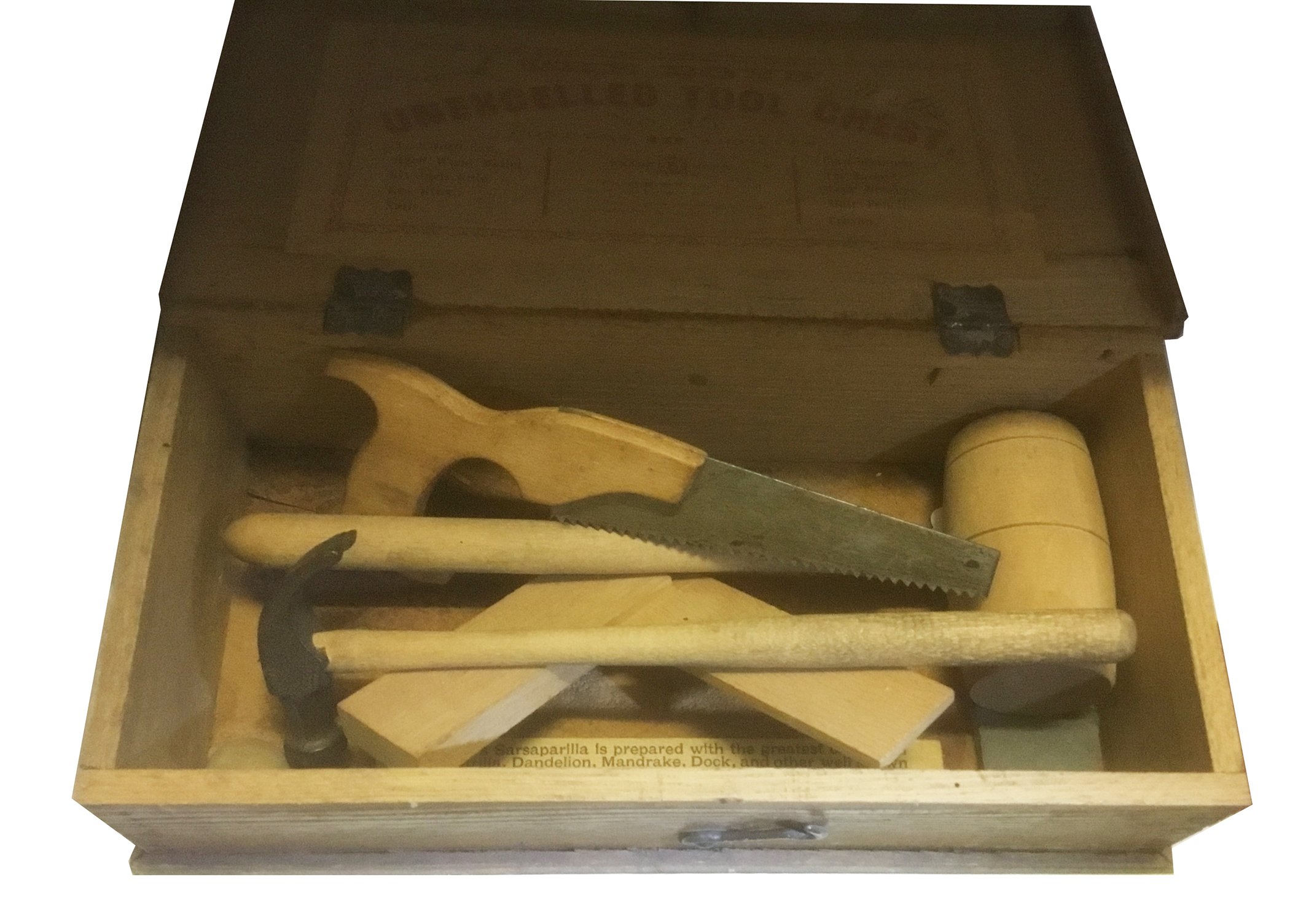
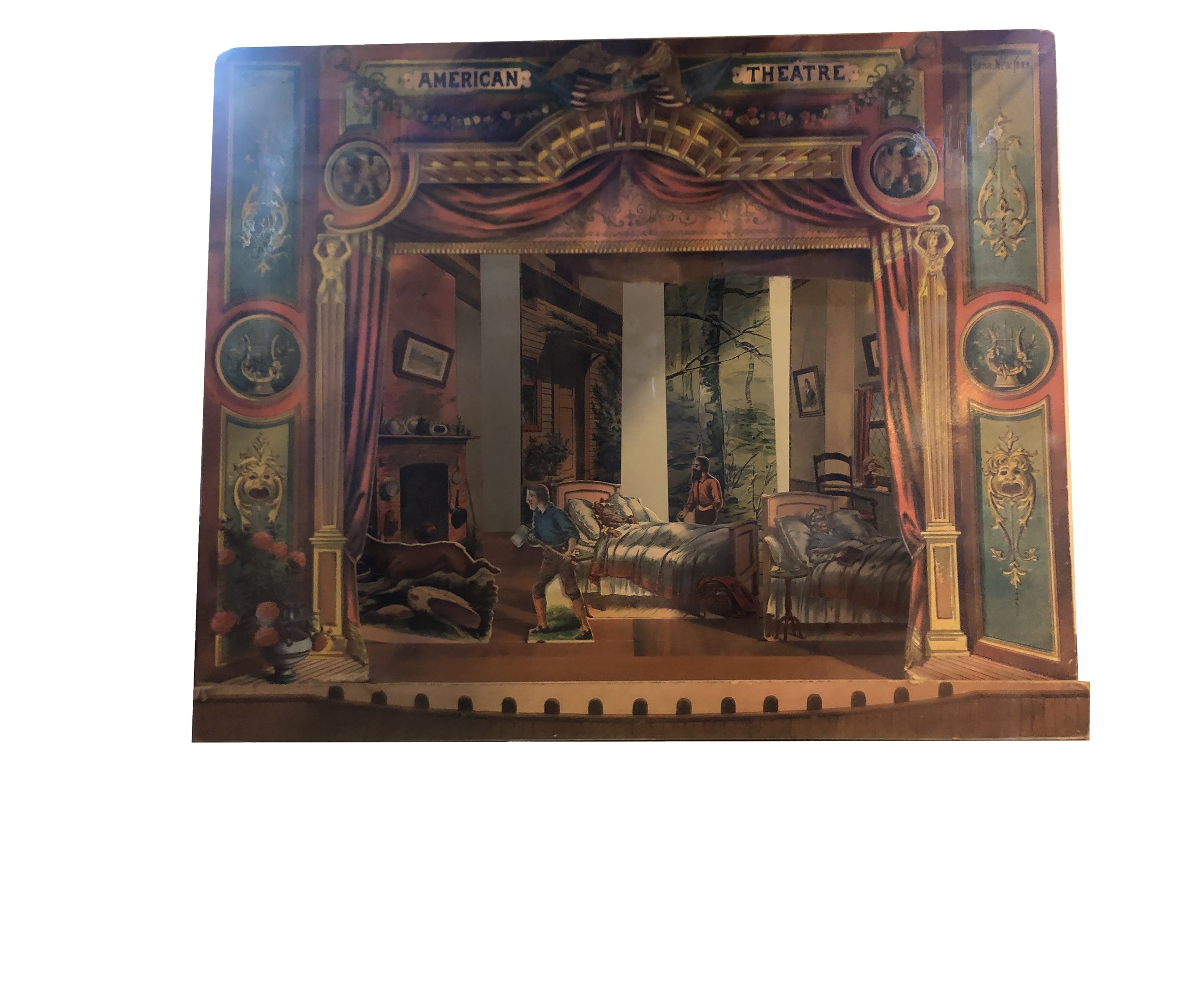
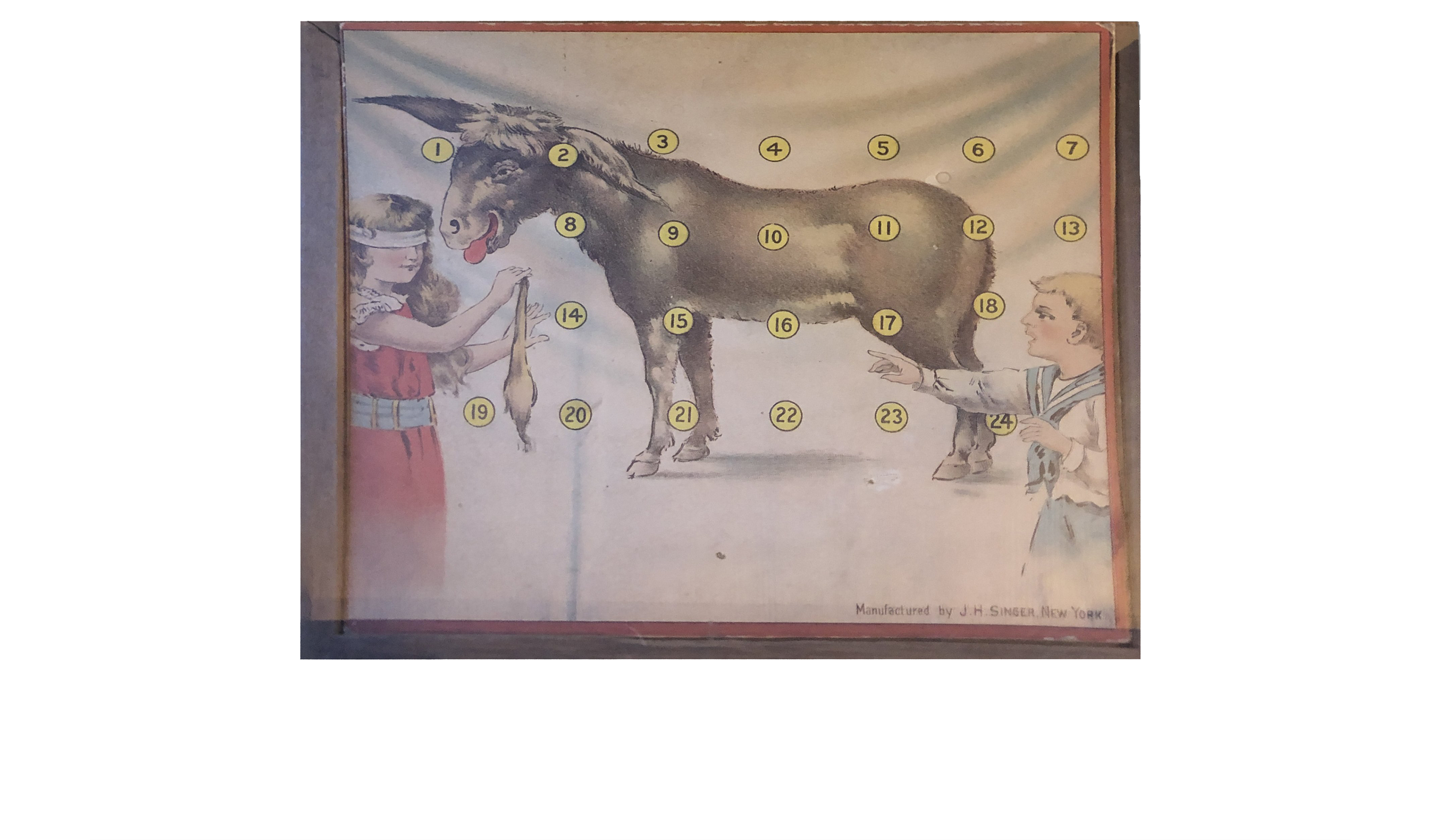
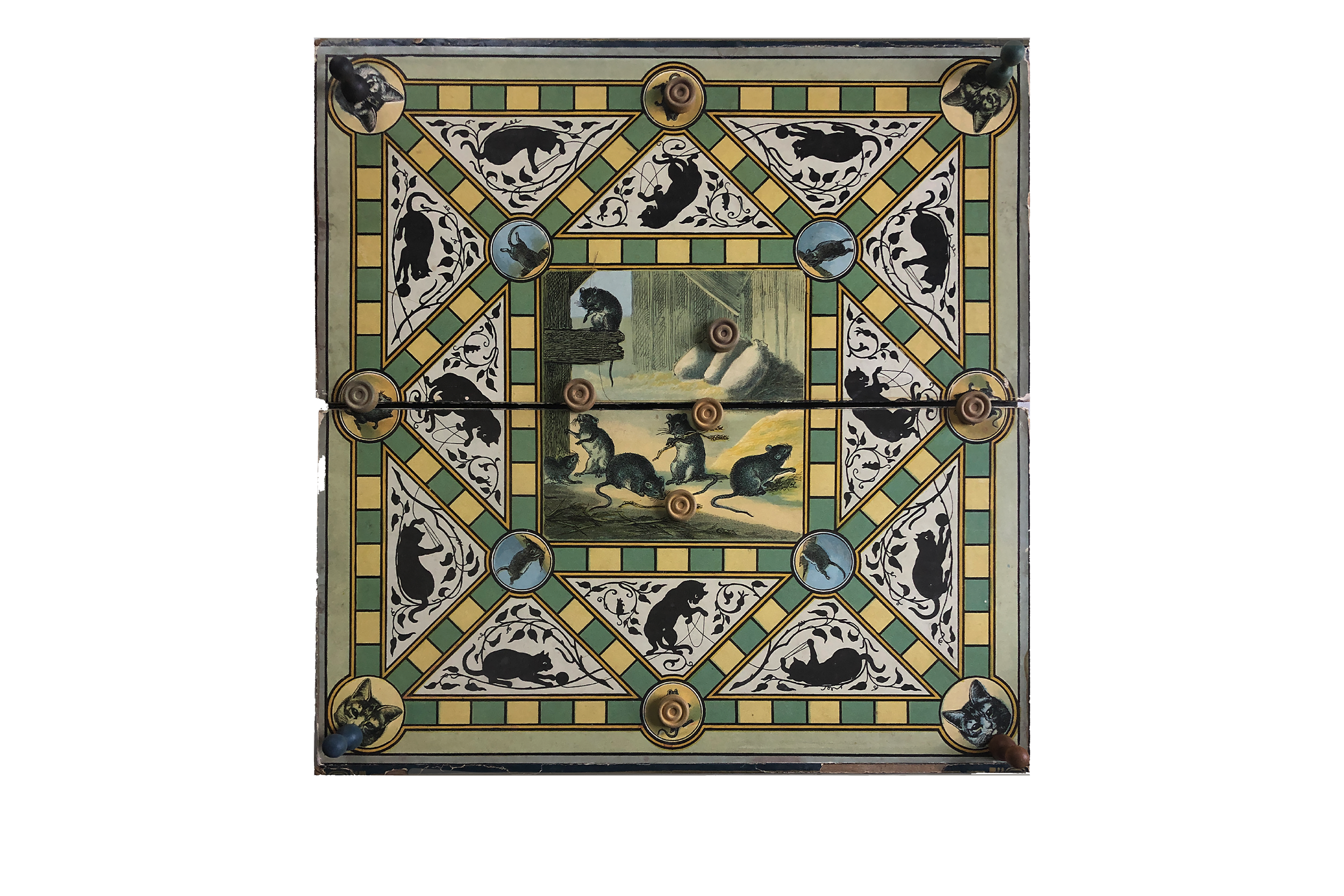
Outdoor Pastimes
Since families were generally large with lots of children, it is not surprising that parents often encouraged their children to play outdoors. Some favorite pastimes of those growing up in Woodstock included floating toy boats along the Ottauquechee River, building rafts, fishing, and ice skating in the winter. Youngsters also played a variety of games that required little or no equipment and could often be tailored to the number of children who wanted to play.
The book The Sports and Pastimes of American Boys, published in 1884, provides an overview of many popular games and sports of the day. Select pages from this book are shown below.
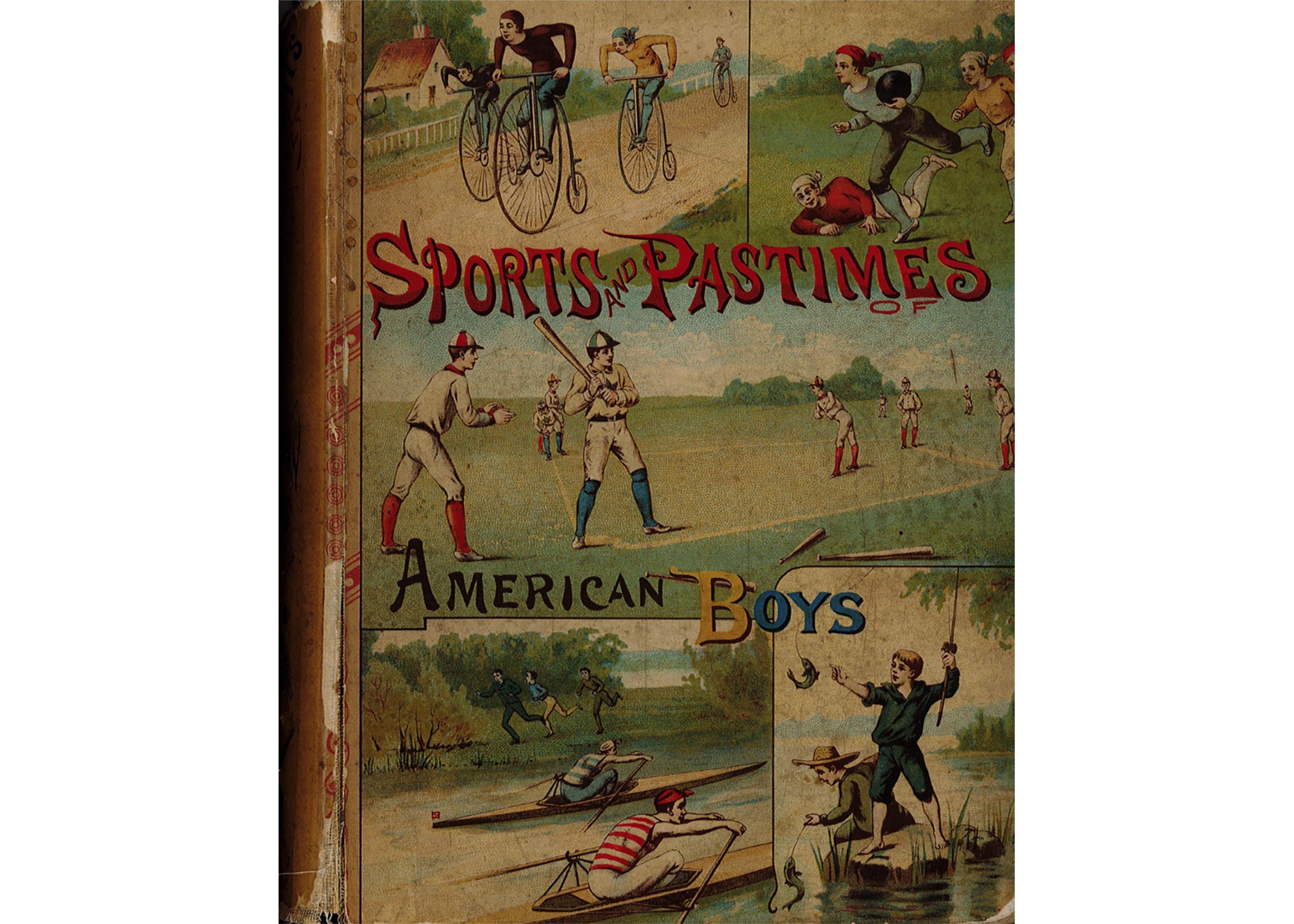
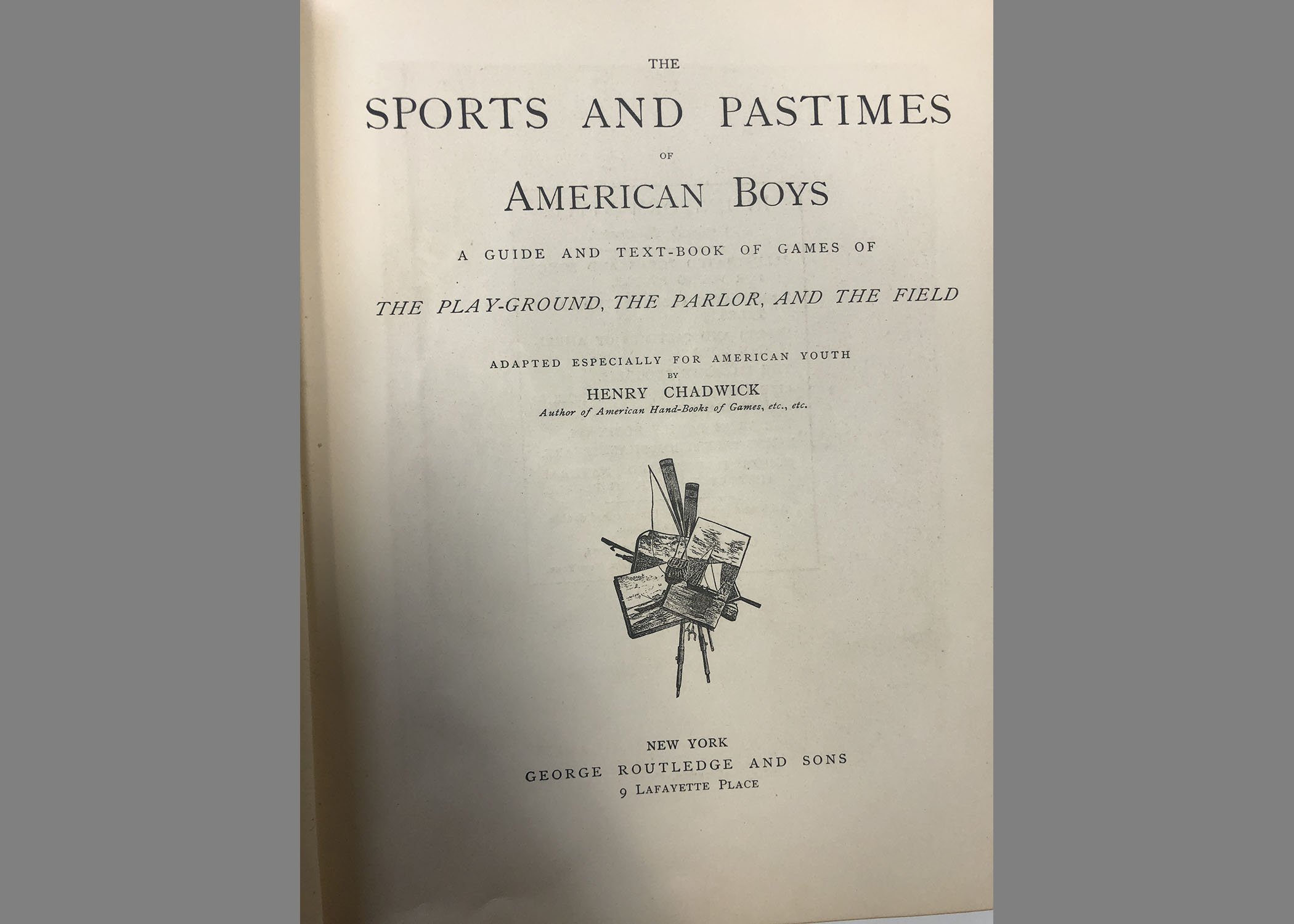














PARLOR GAMES
In the 19th and early 20th centuries, parlor games were extremely popular among both children and adults. Select pages from the book Games for Everybody, which was published in 1906, are included below.
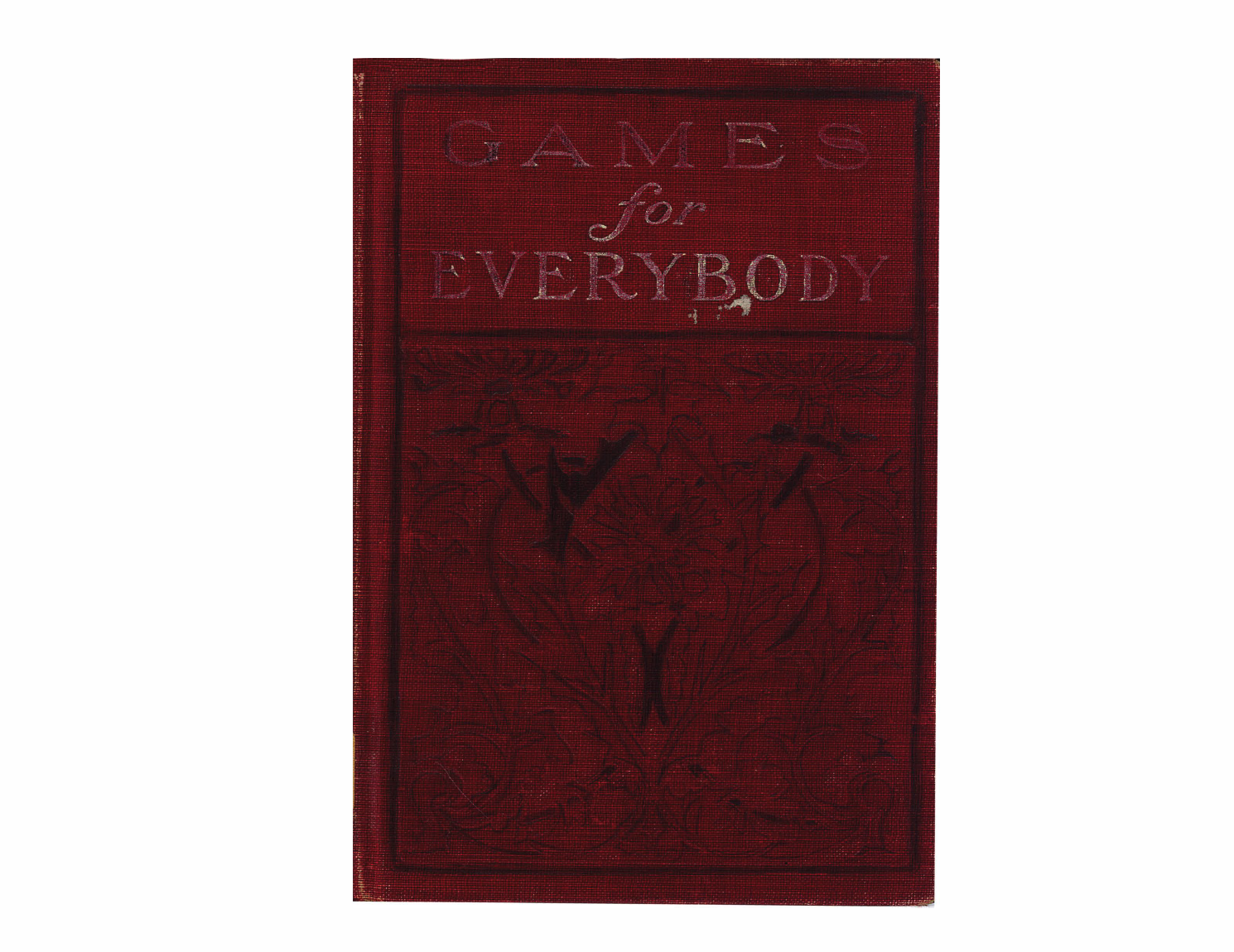
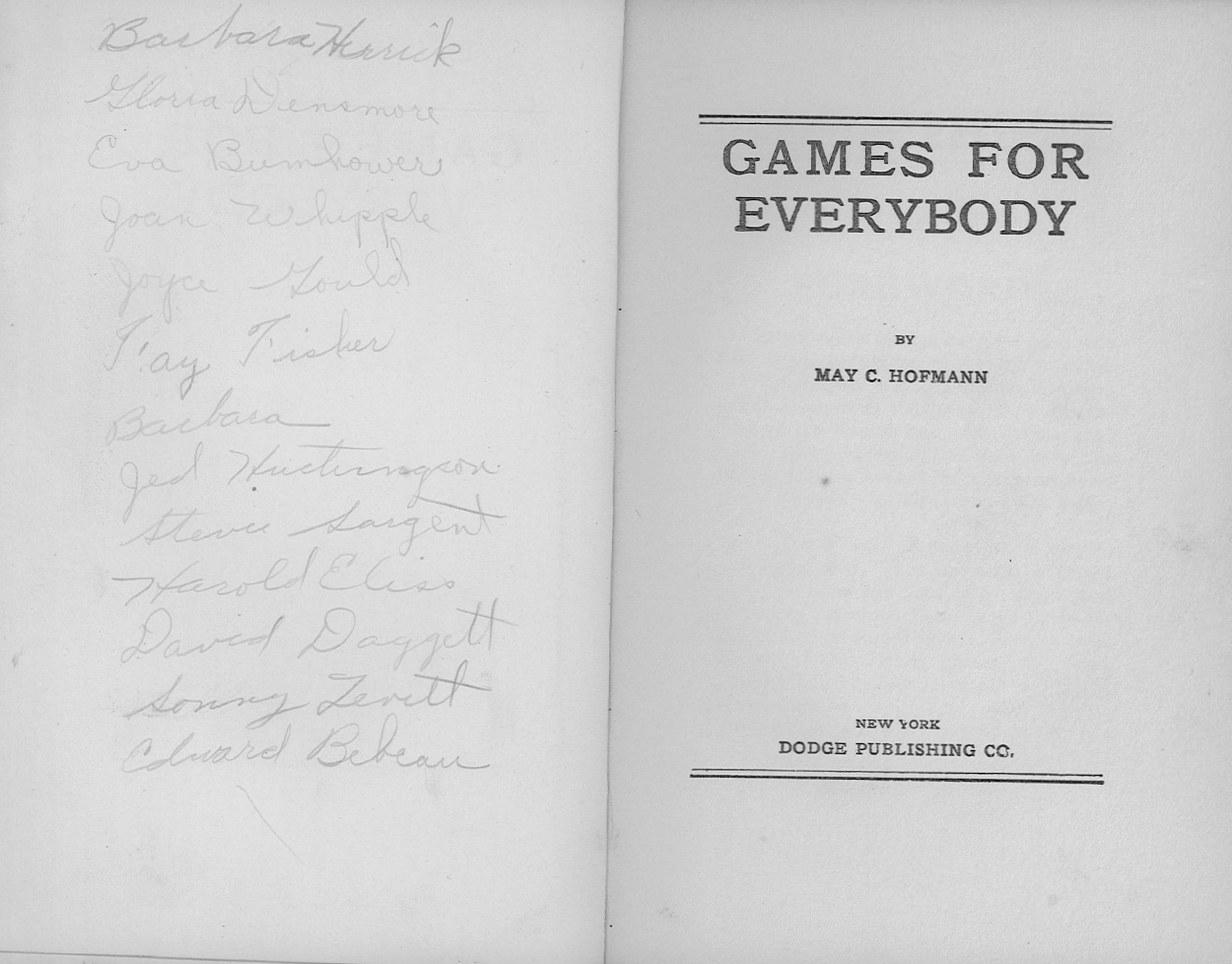
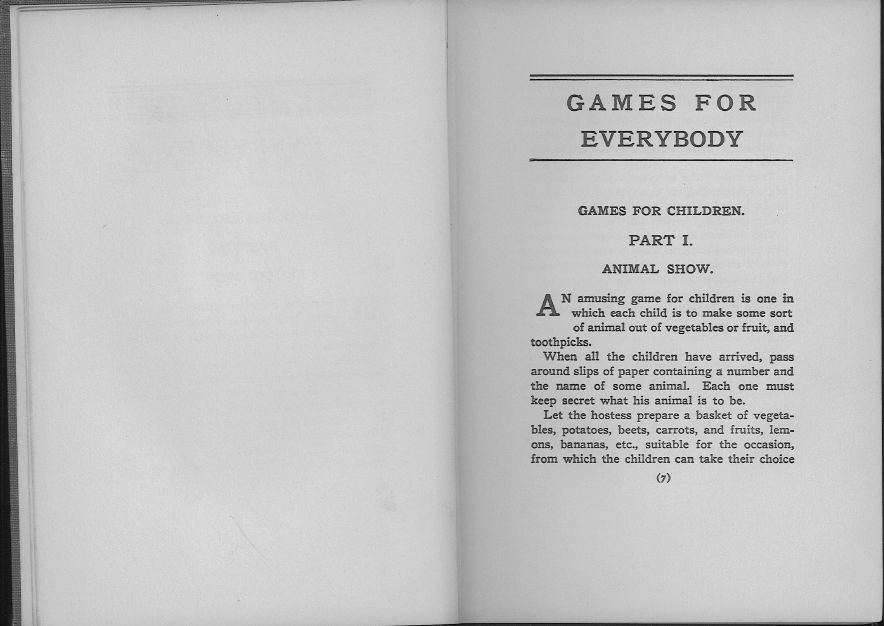
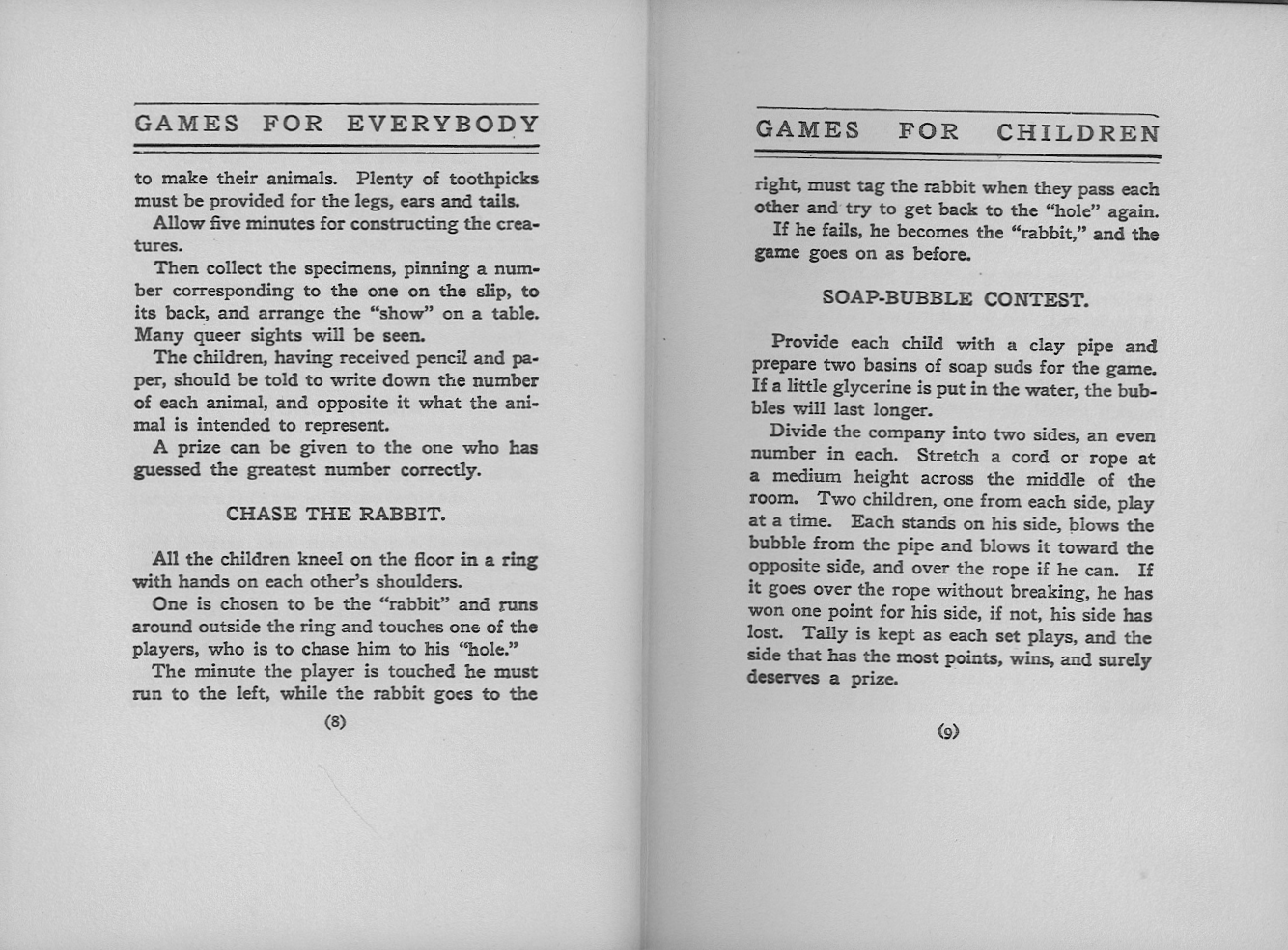
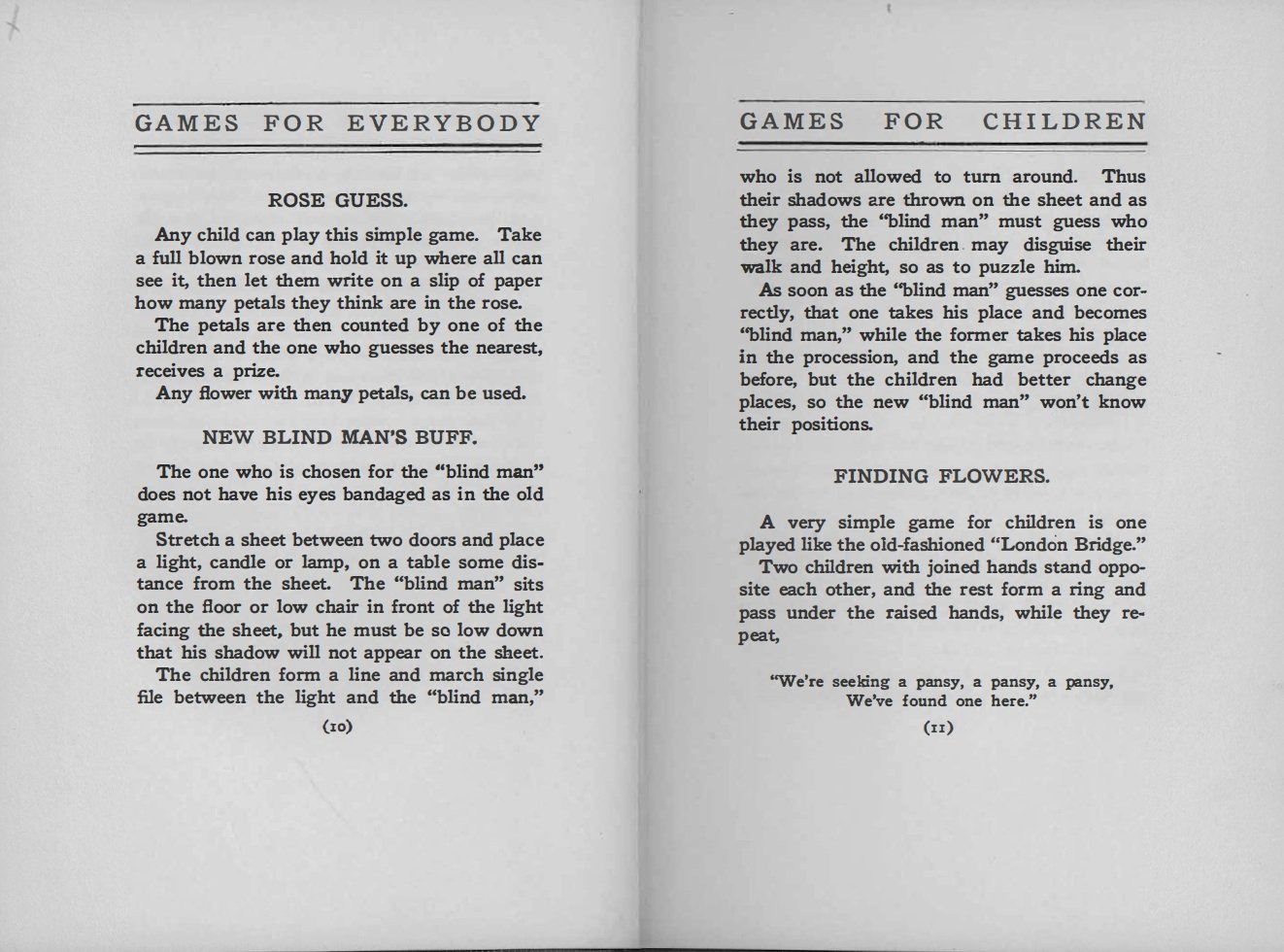
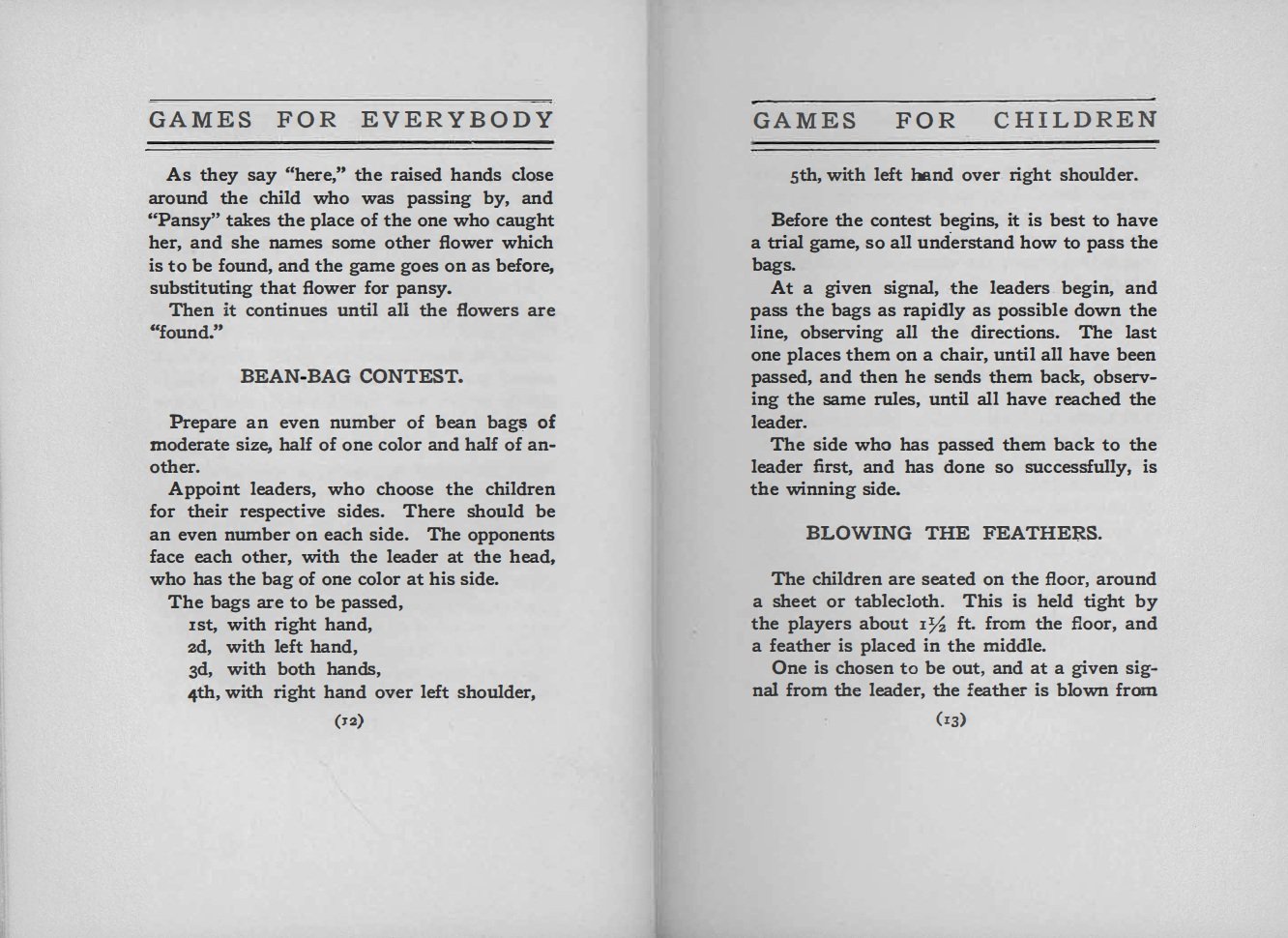
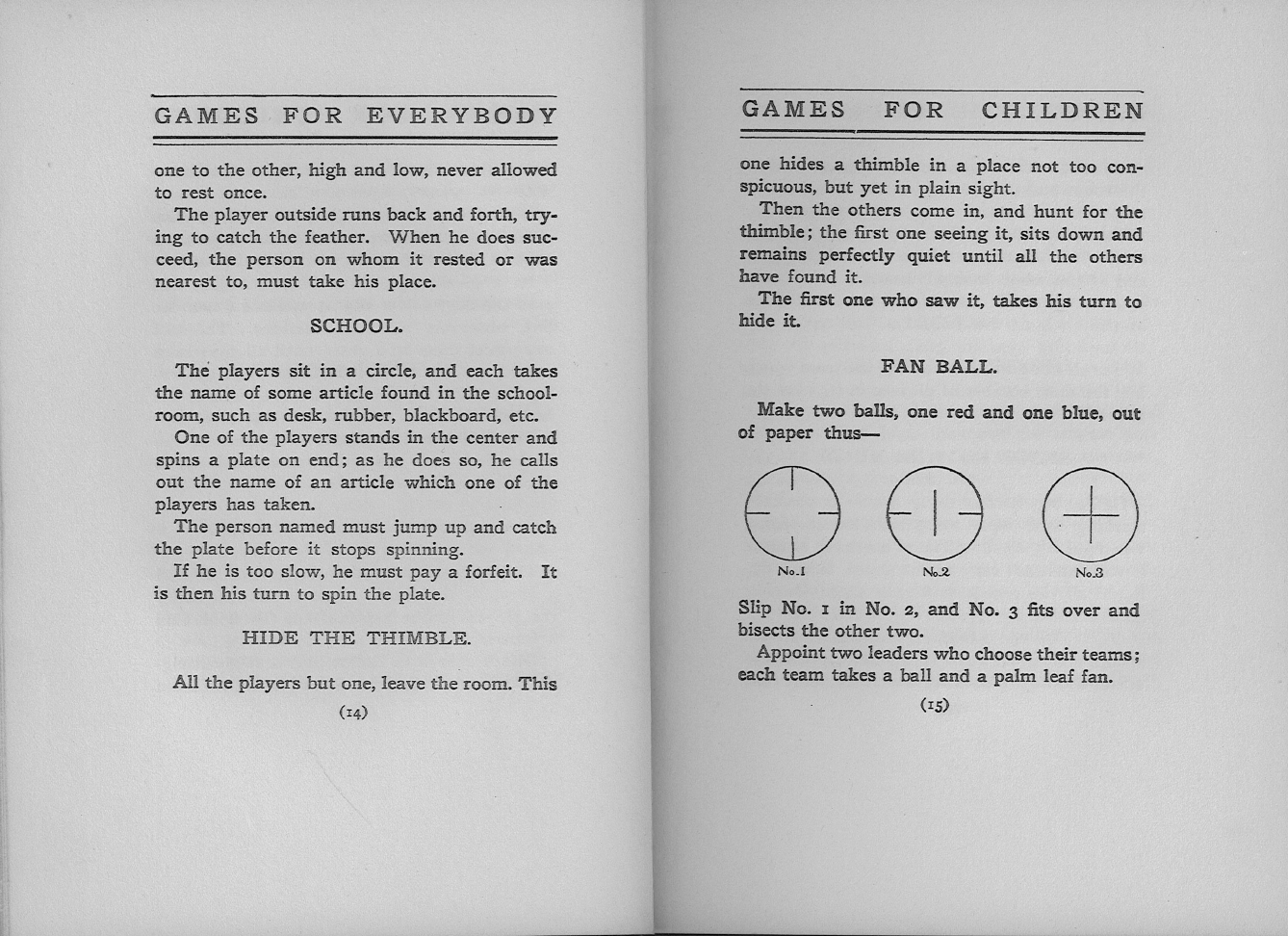

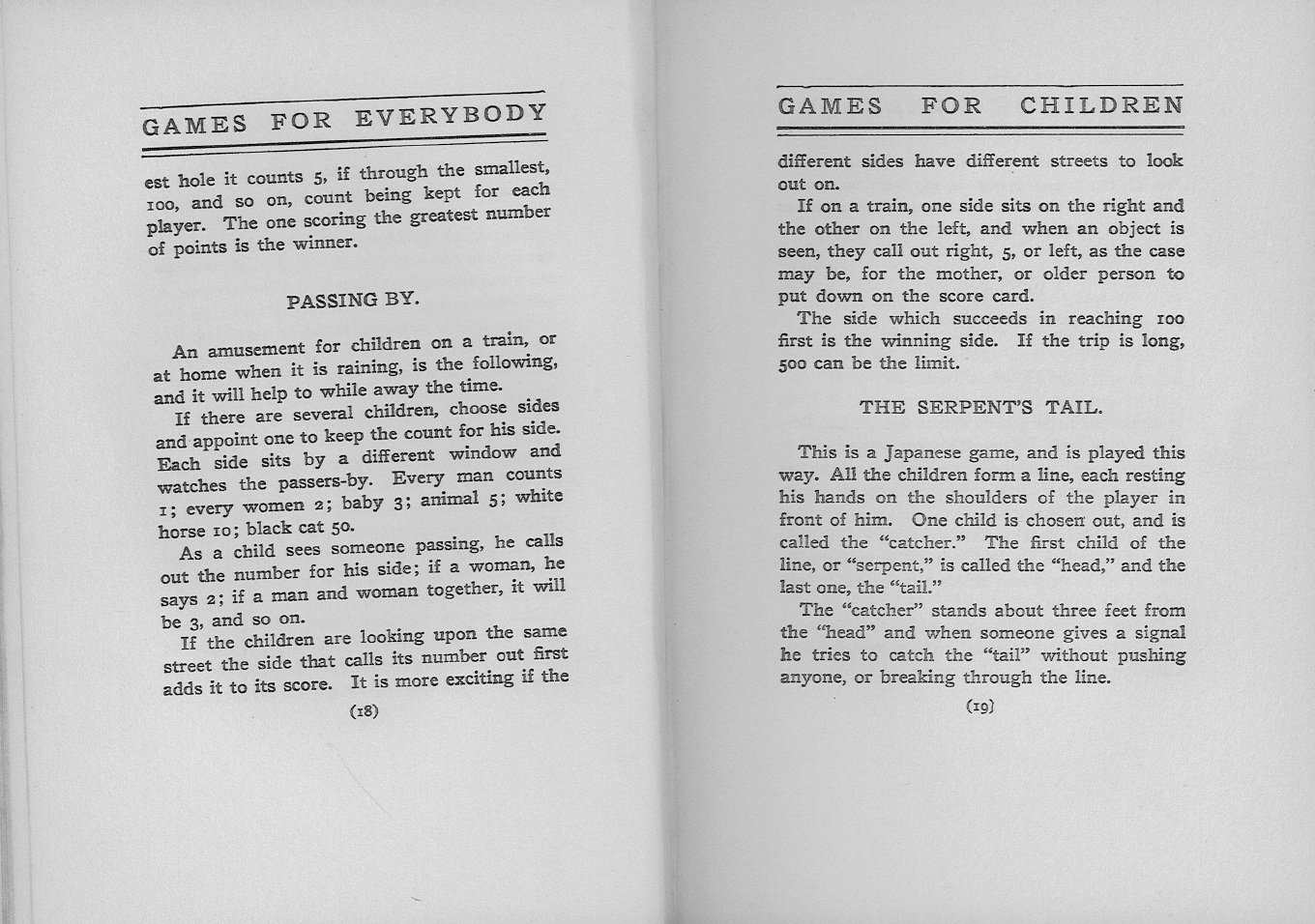
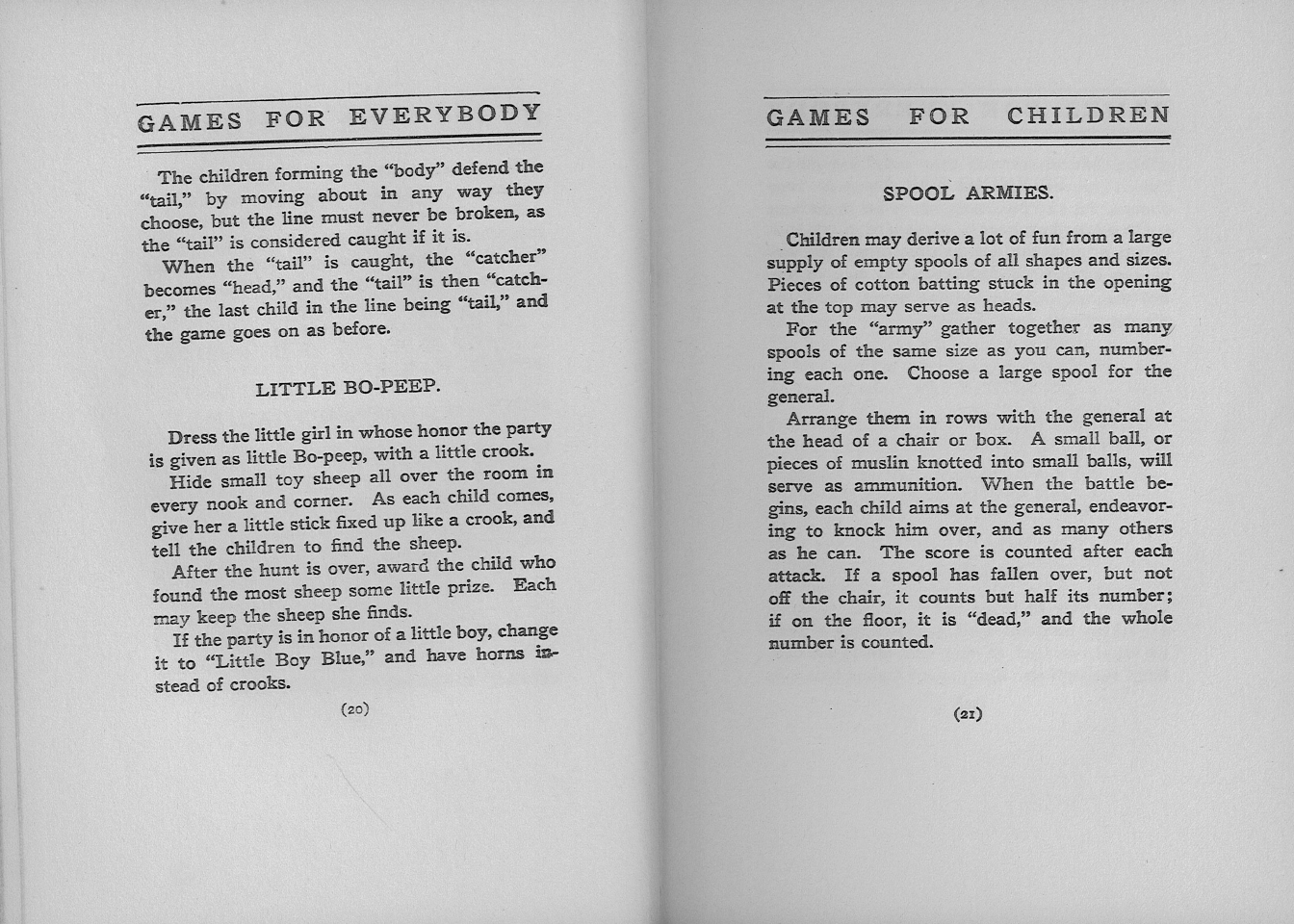

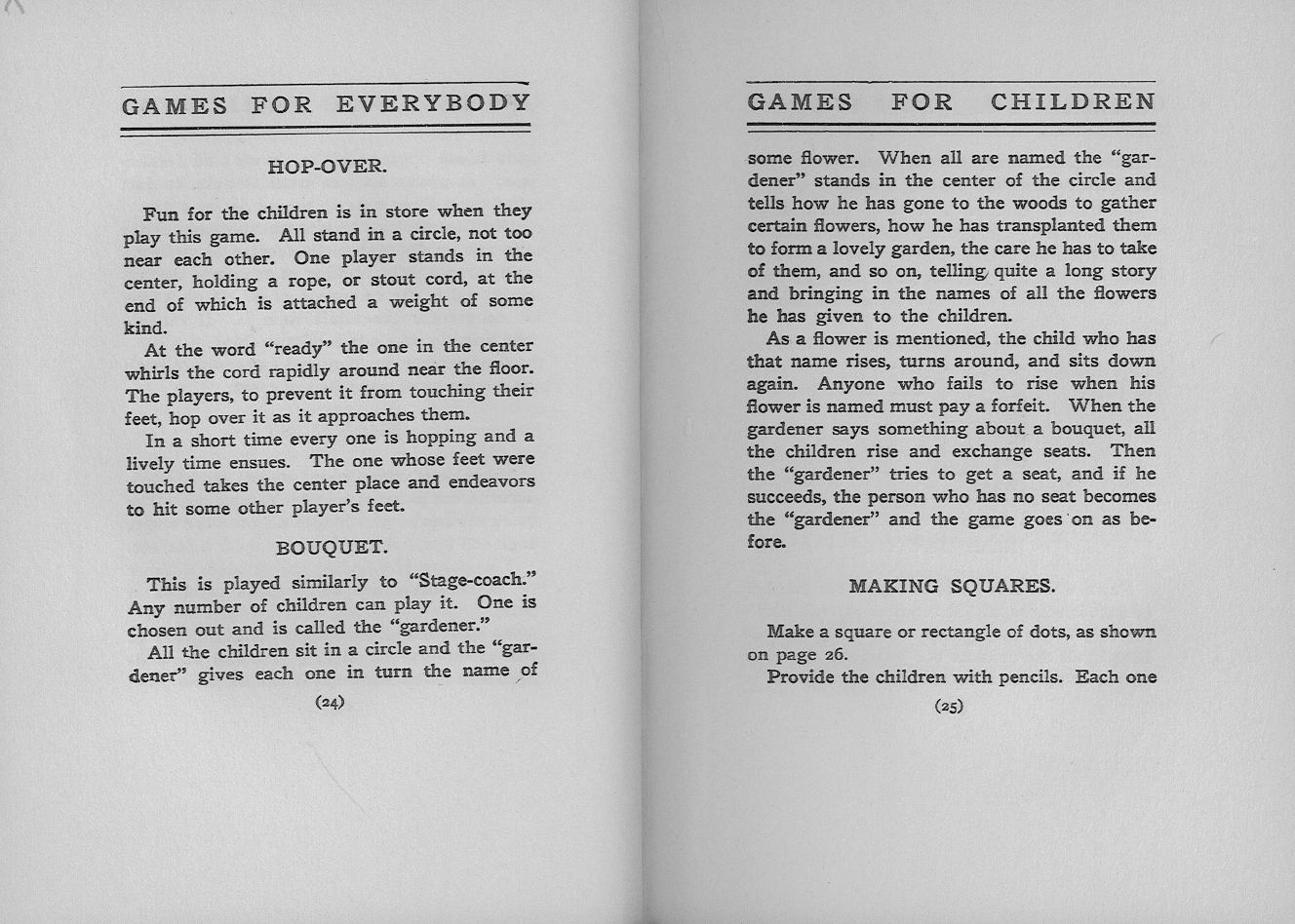
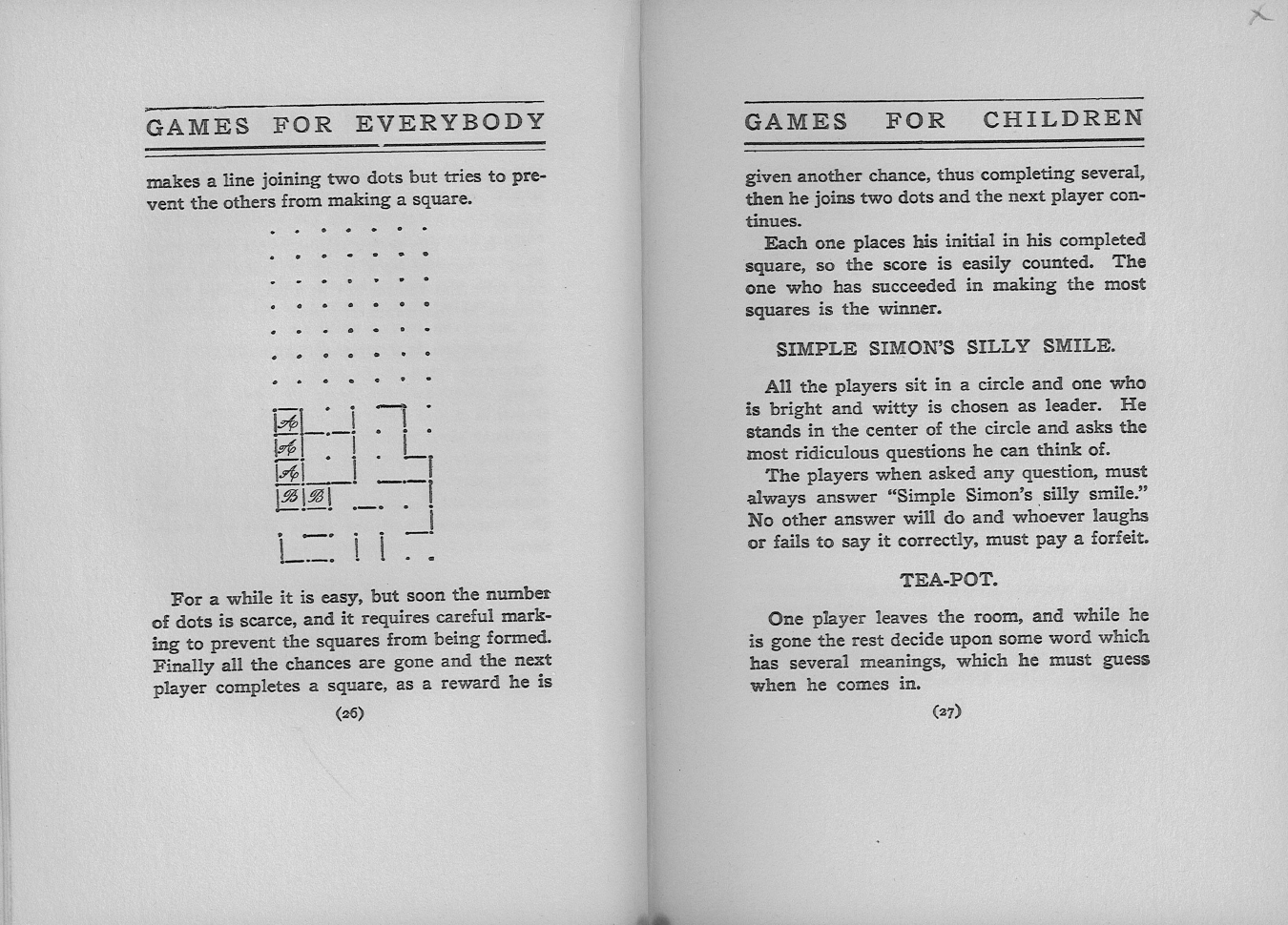
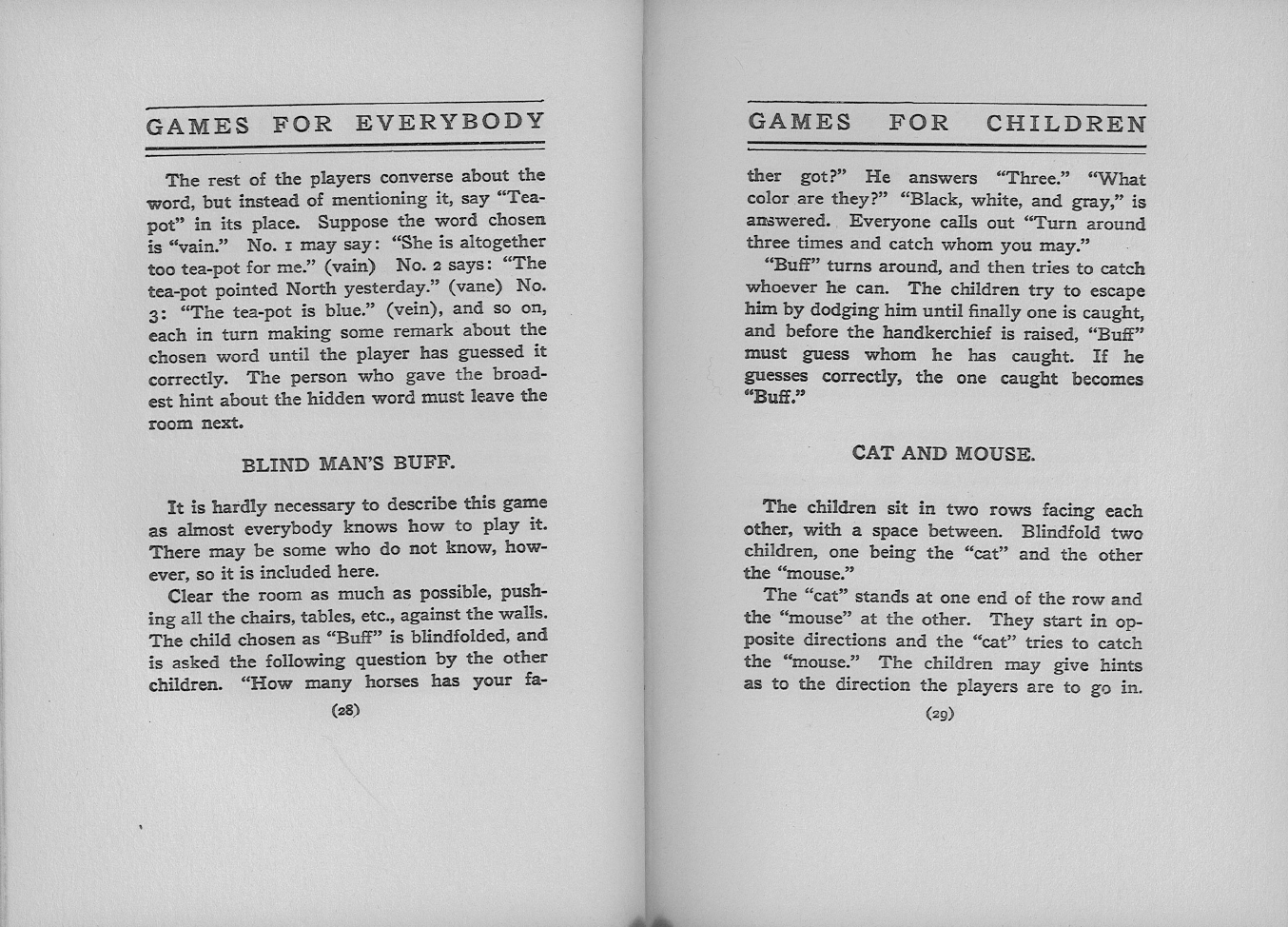
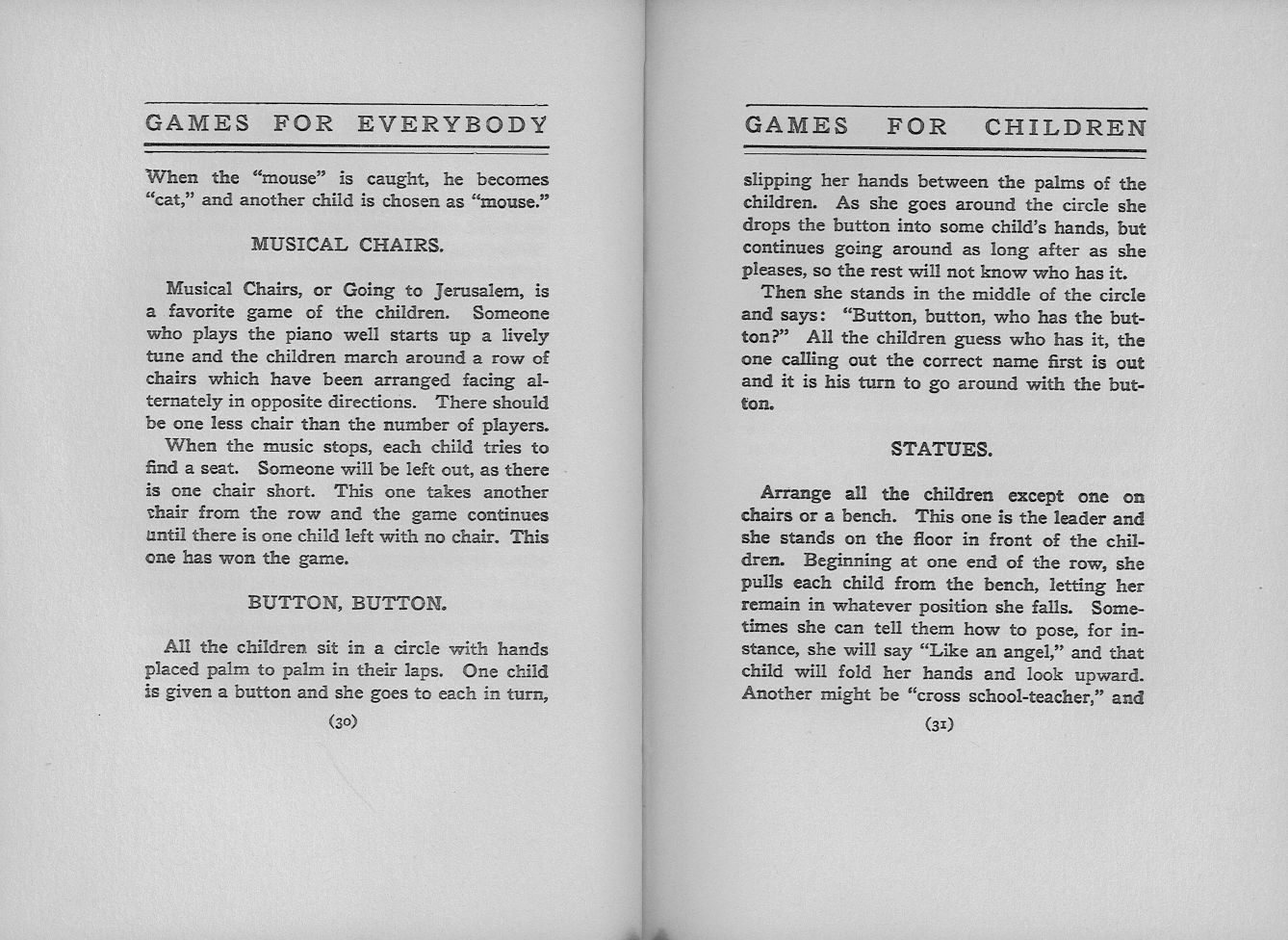
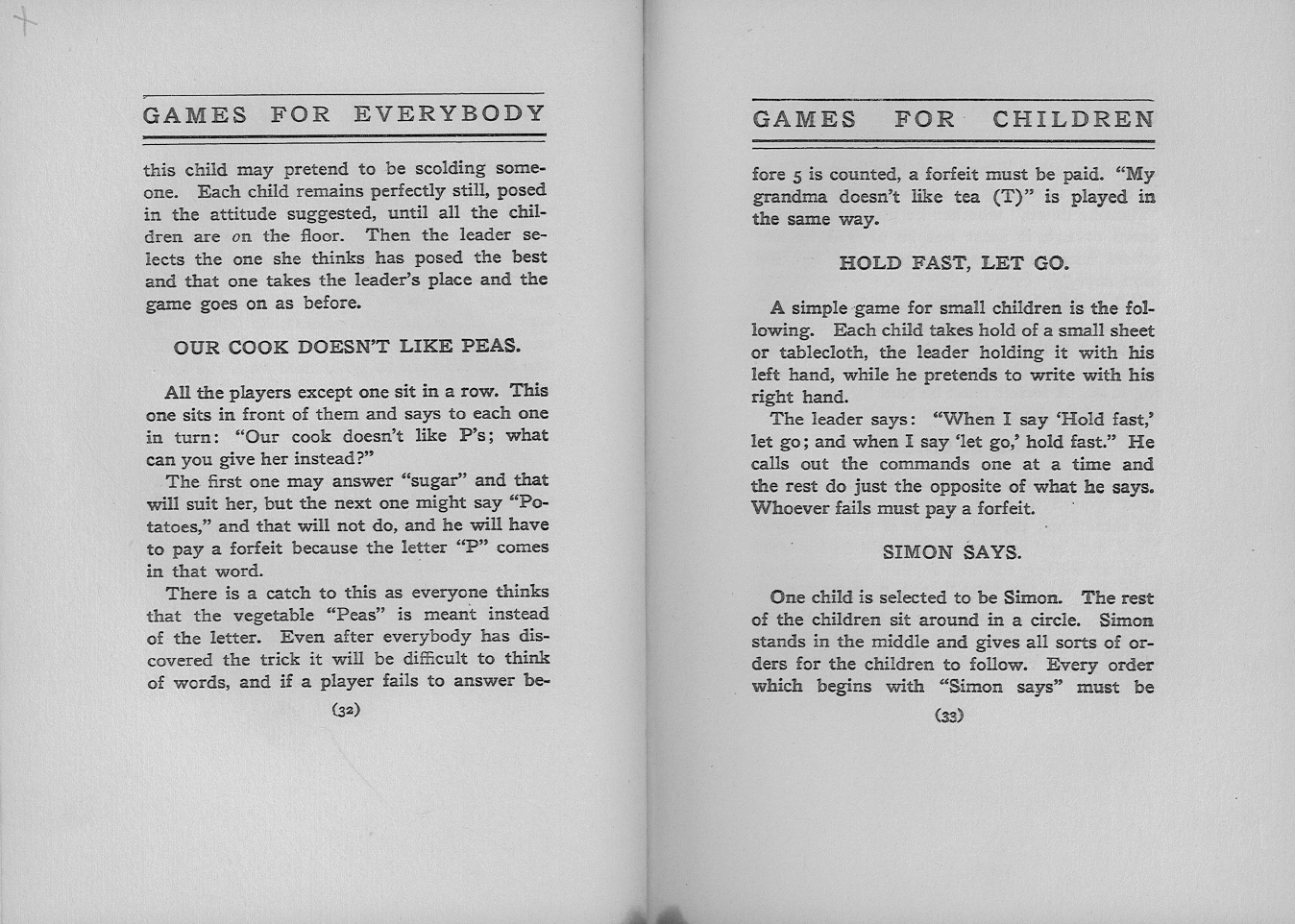
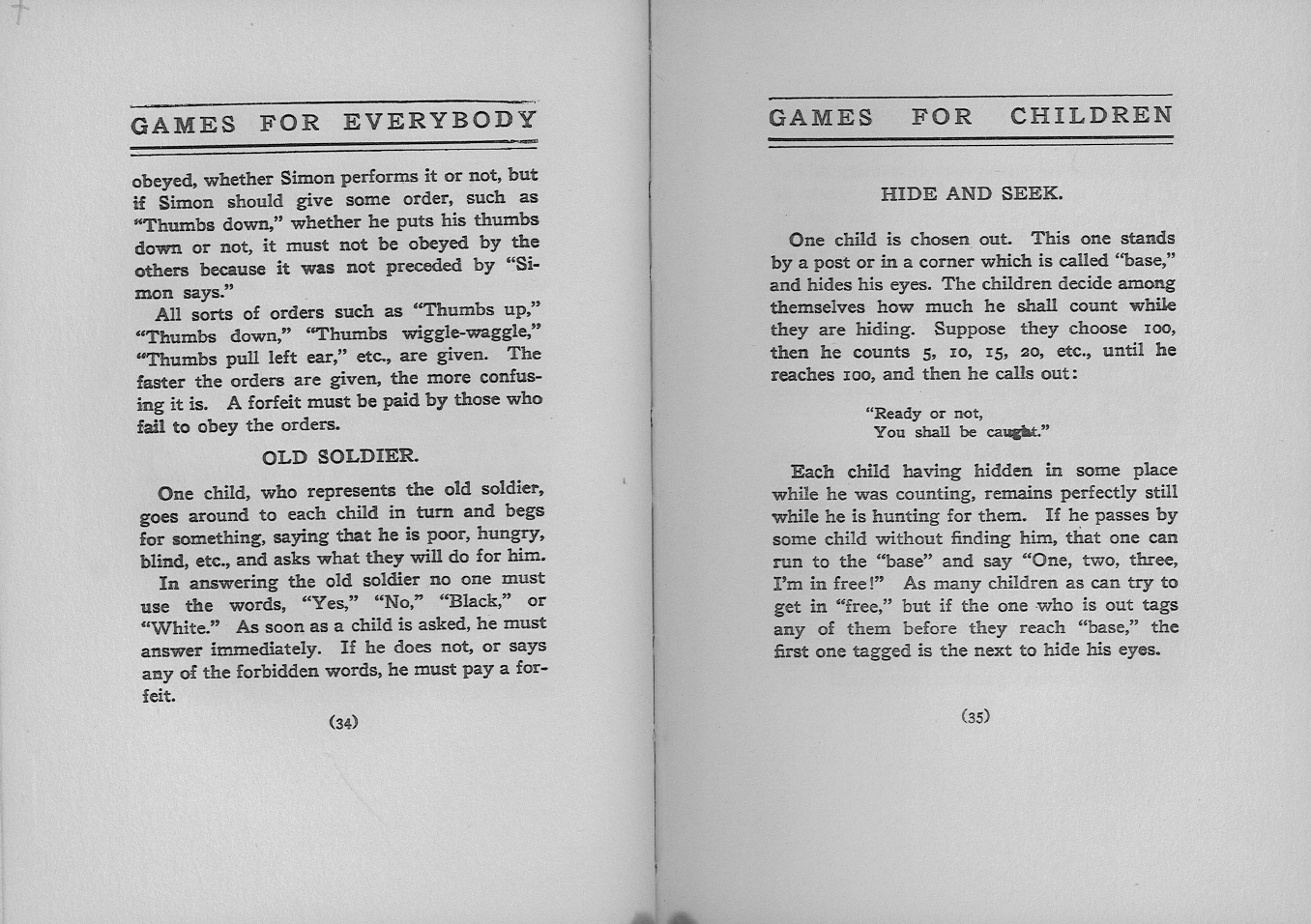
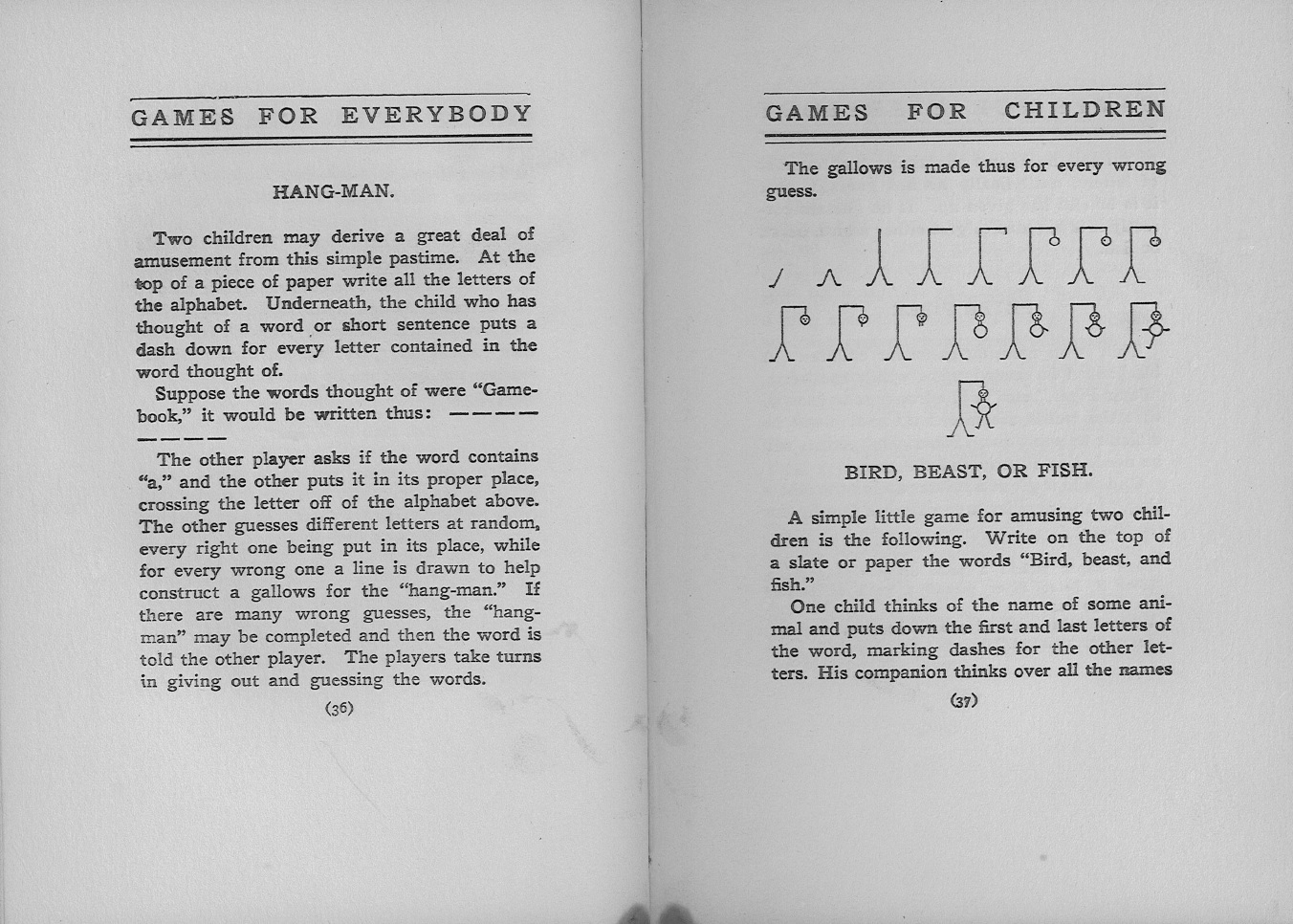
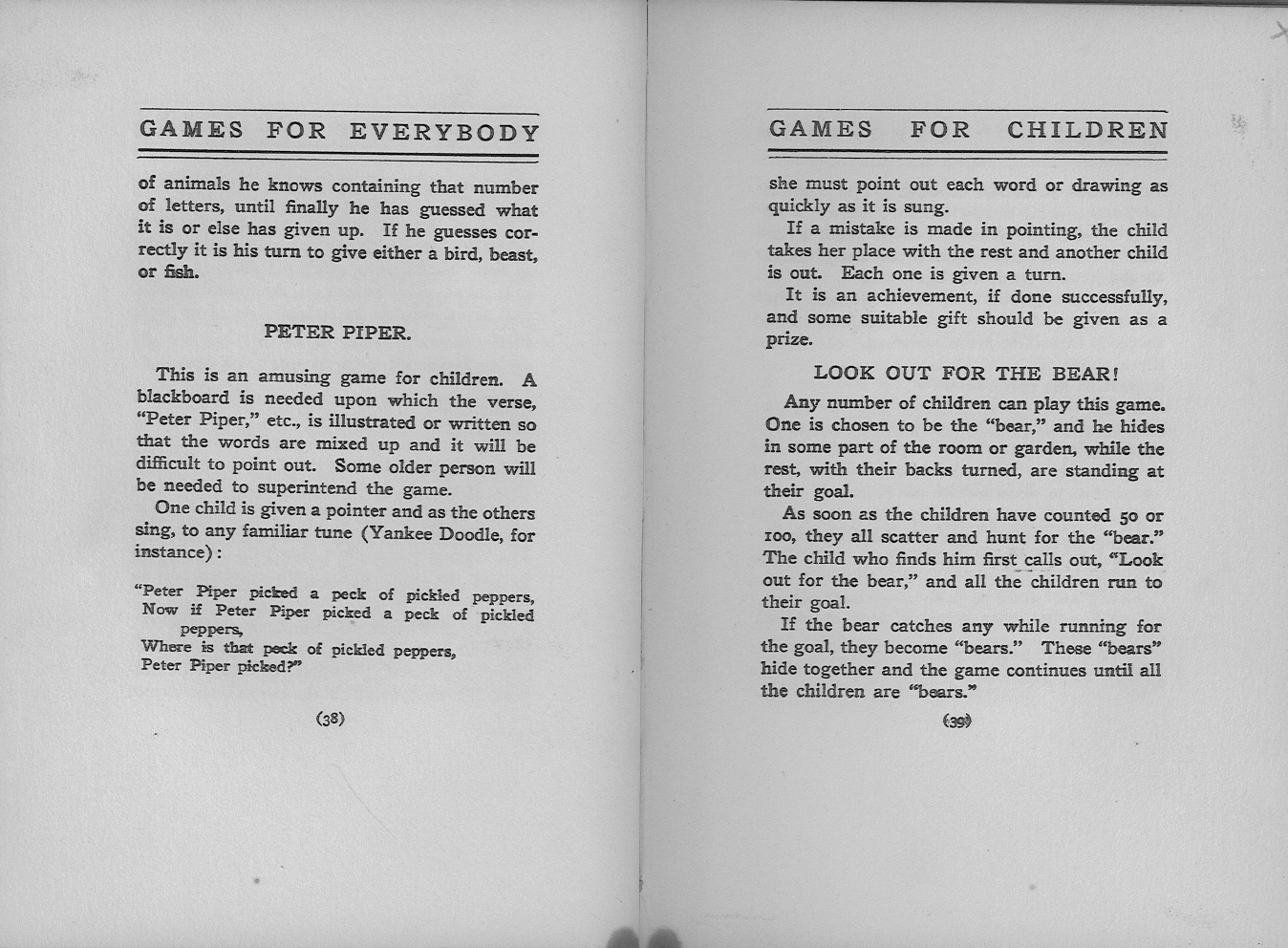
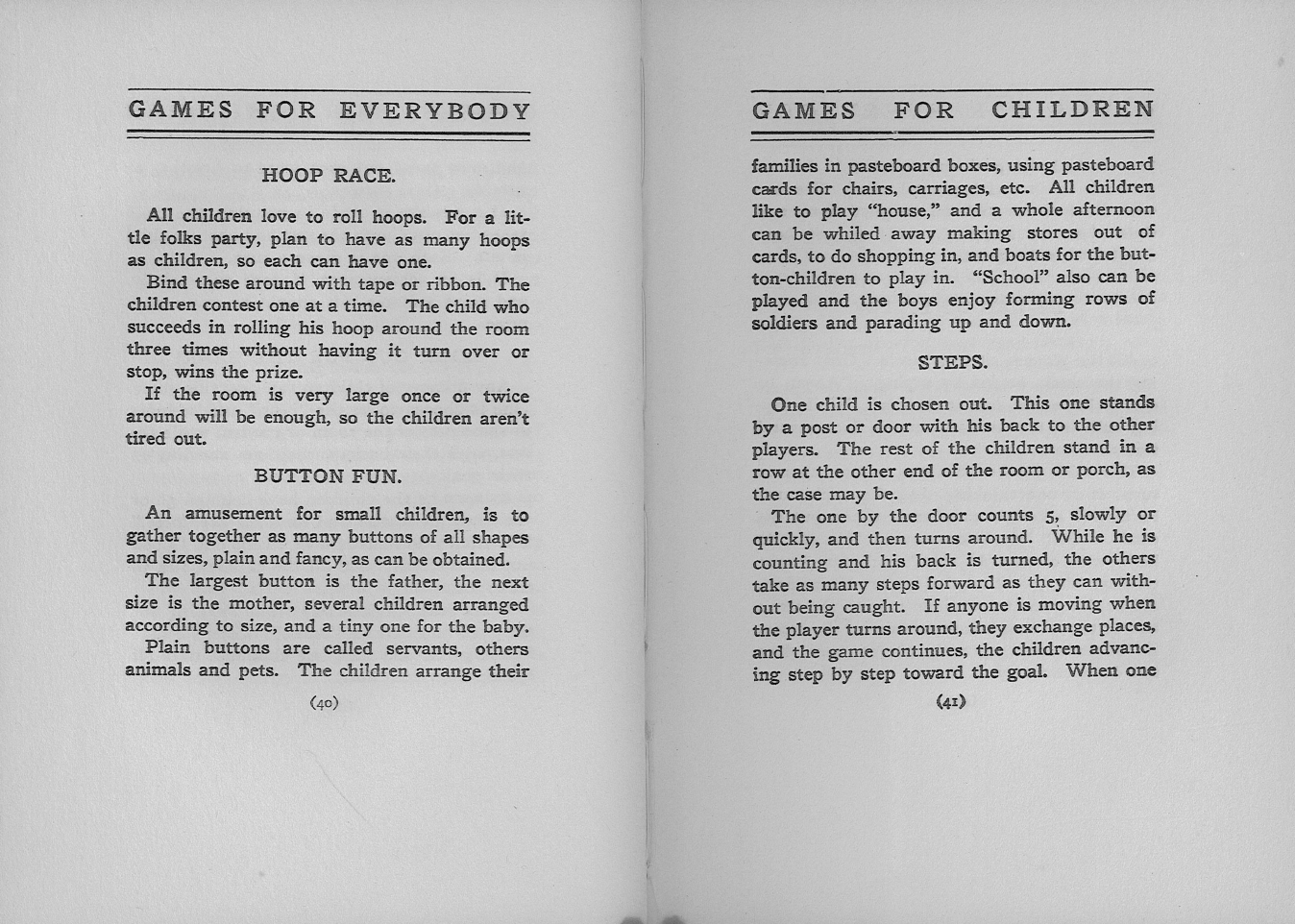

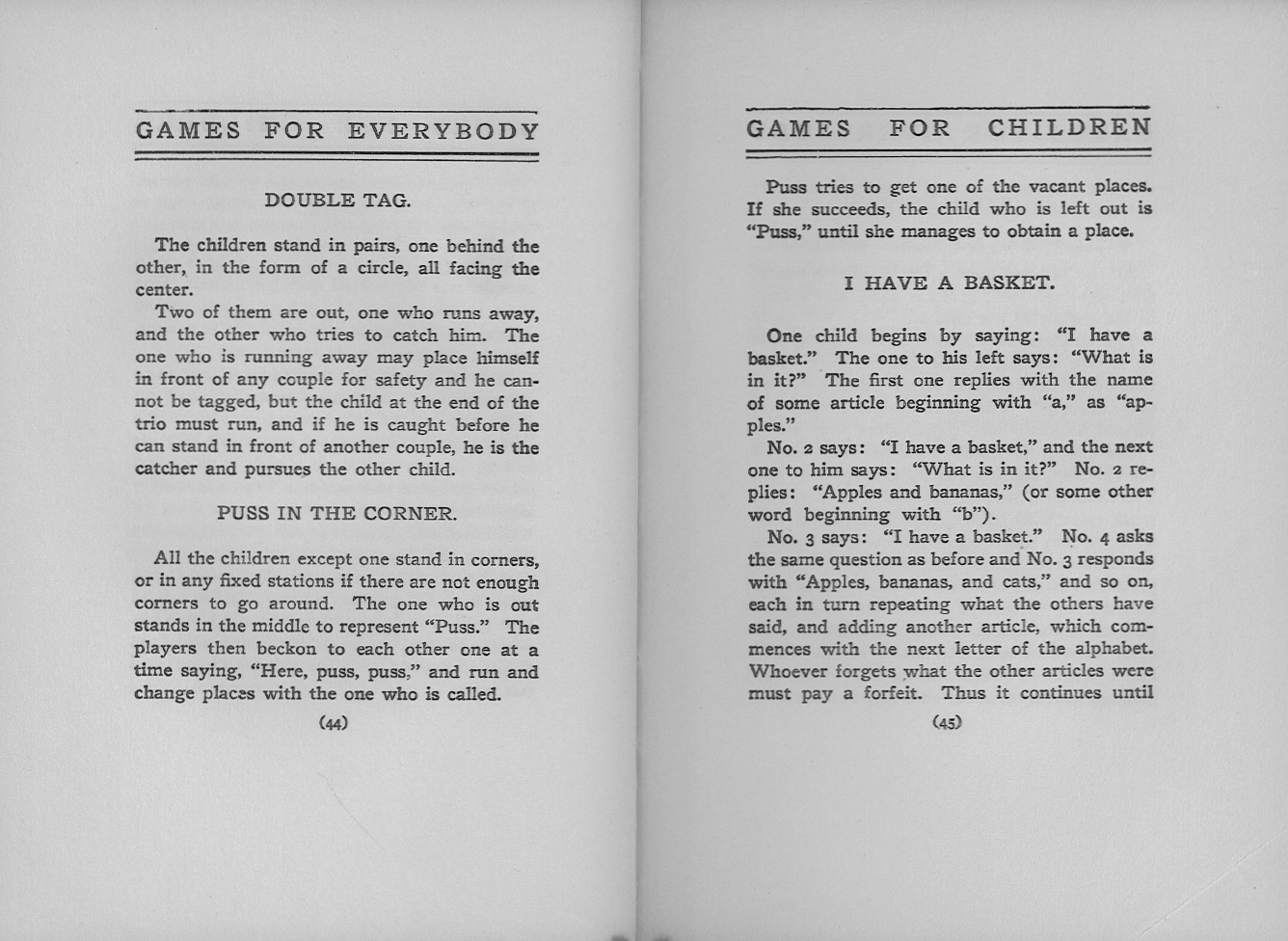
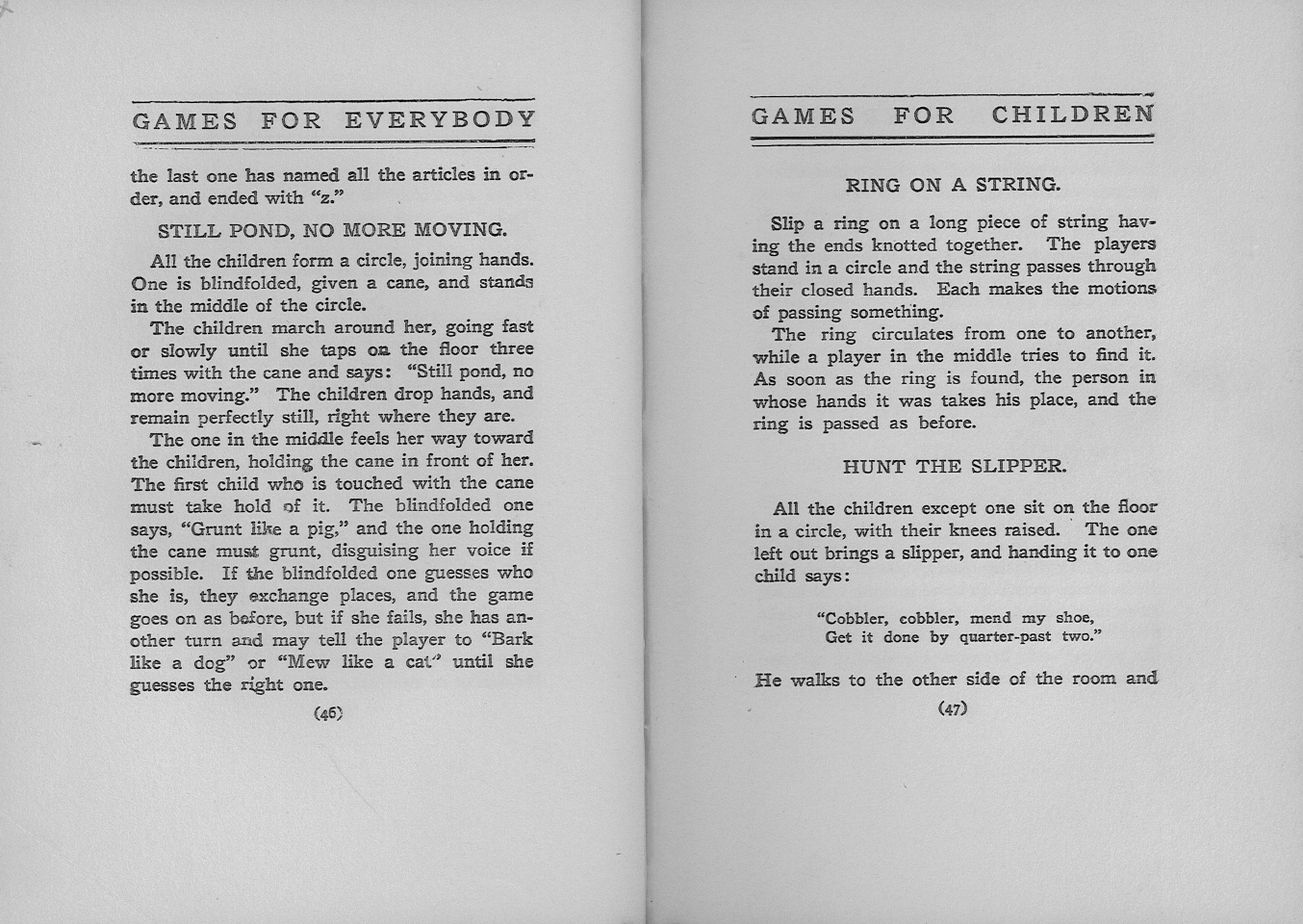
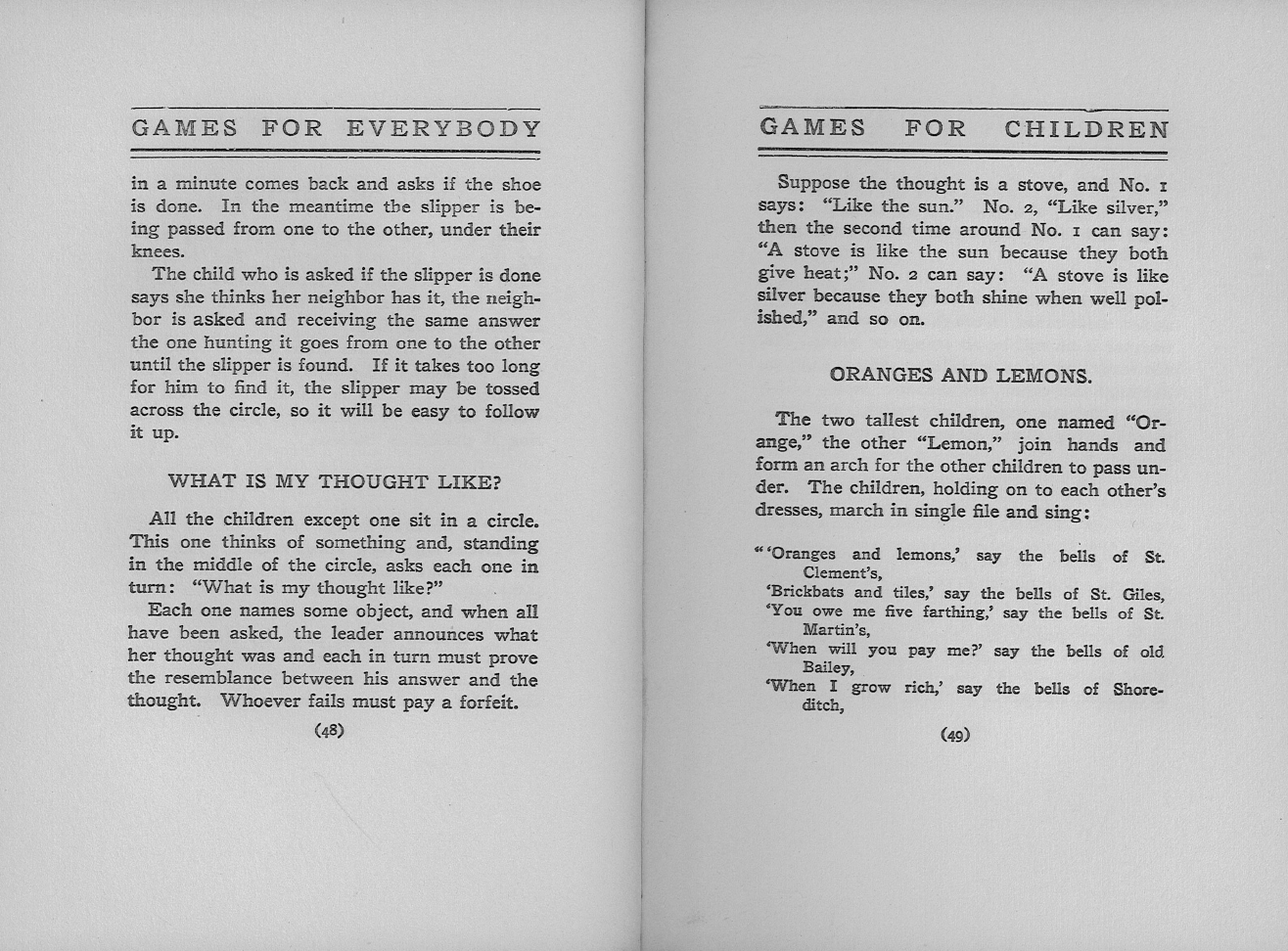
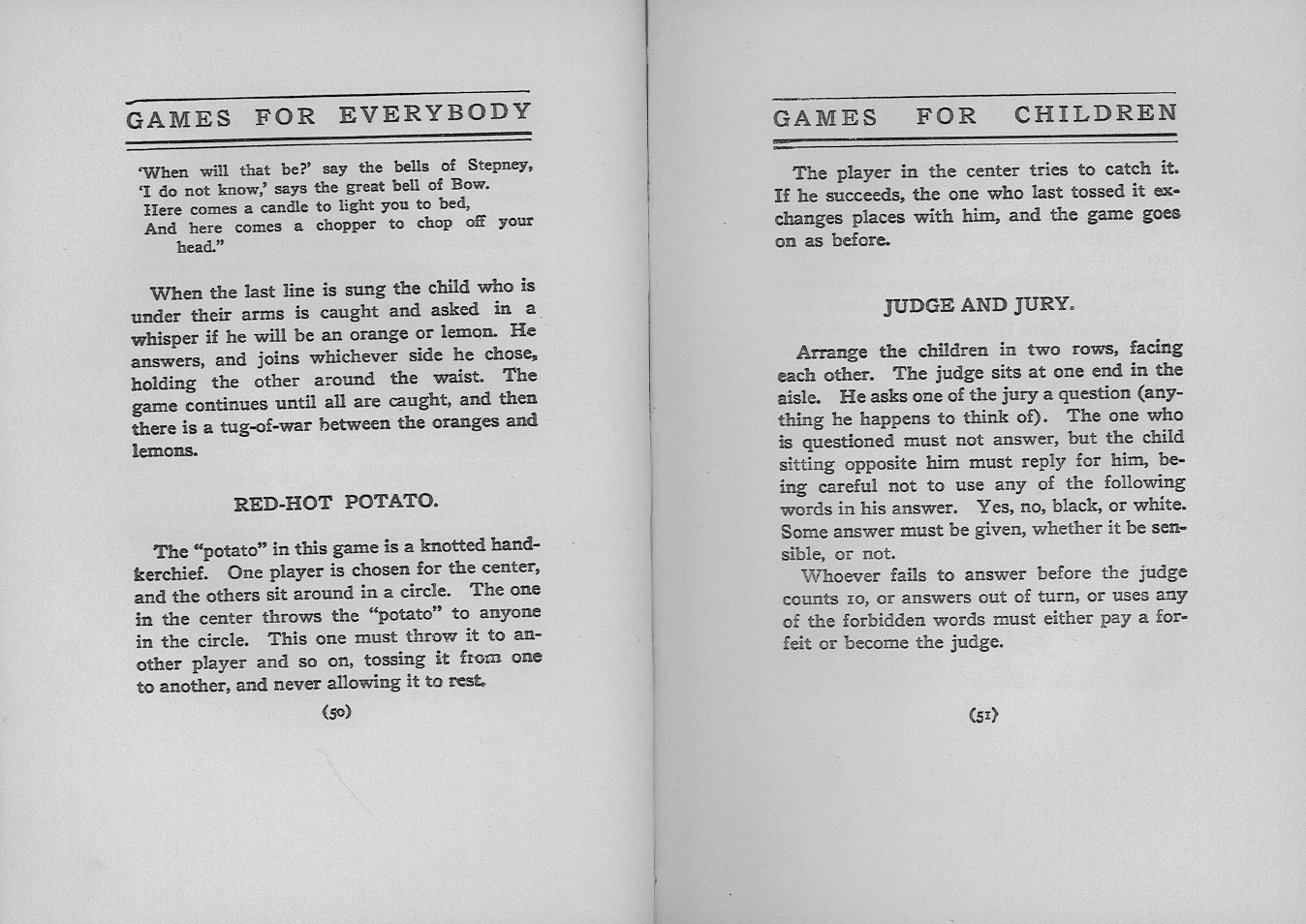
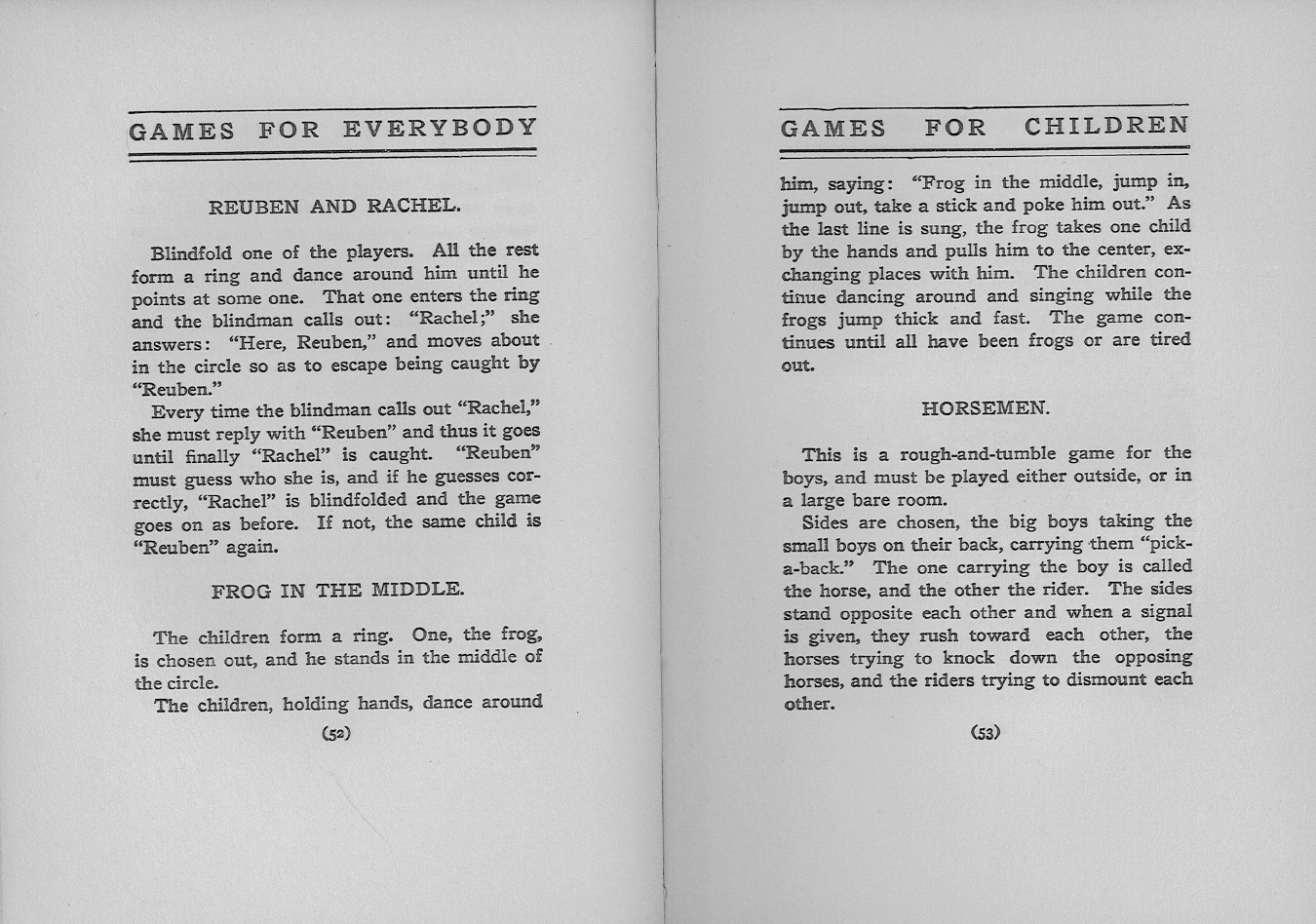
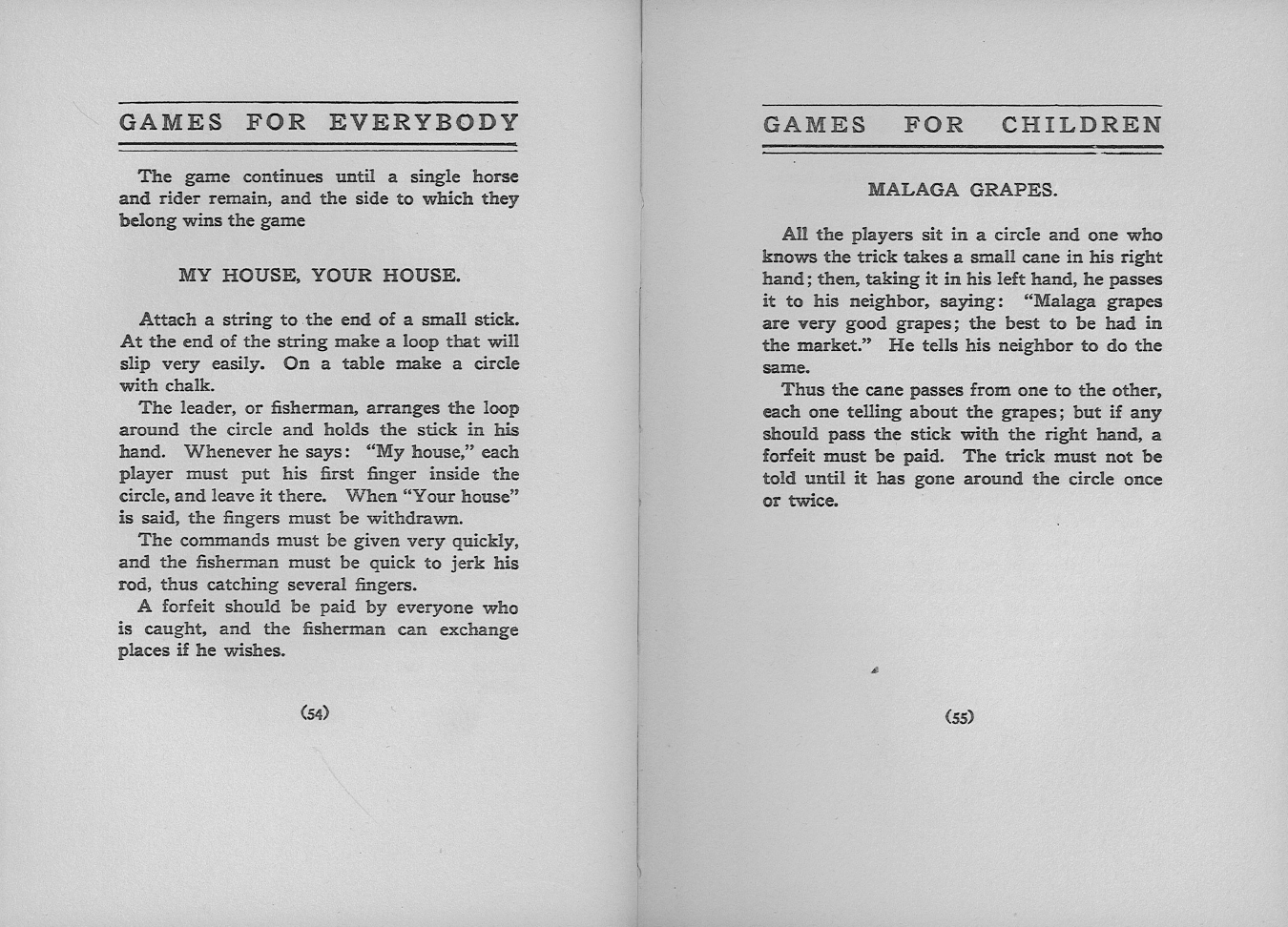
CHILDREN AT PLAY
Below are some photos of children from the greater Woodstock area at play. The majority of the images were taken at Vail Field, which is located on South Street. The land for the field was donated to the Village in 1895 by Henry Hobart Vail for the purpose of establishing a playground and sports area. Most of the play equipment, such as swings and the sandbox, were later set up by the Woodstock Improvement Society in 1911.
